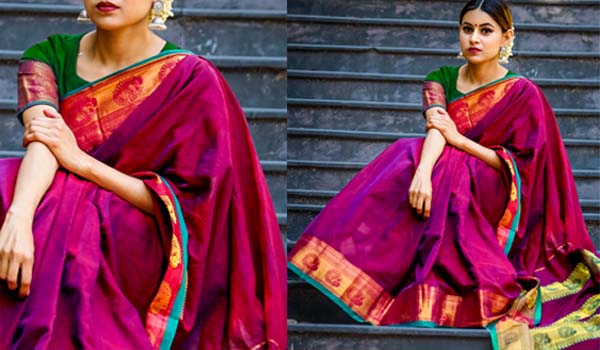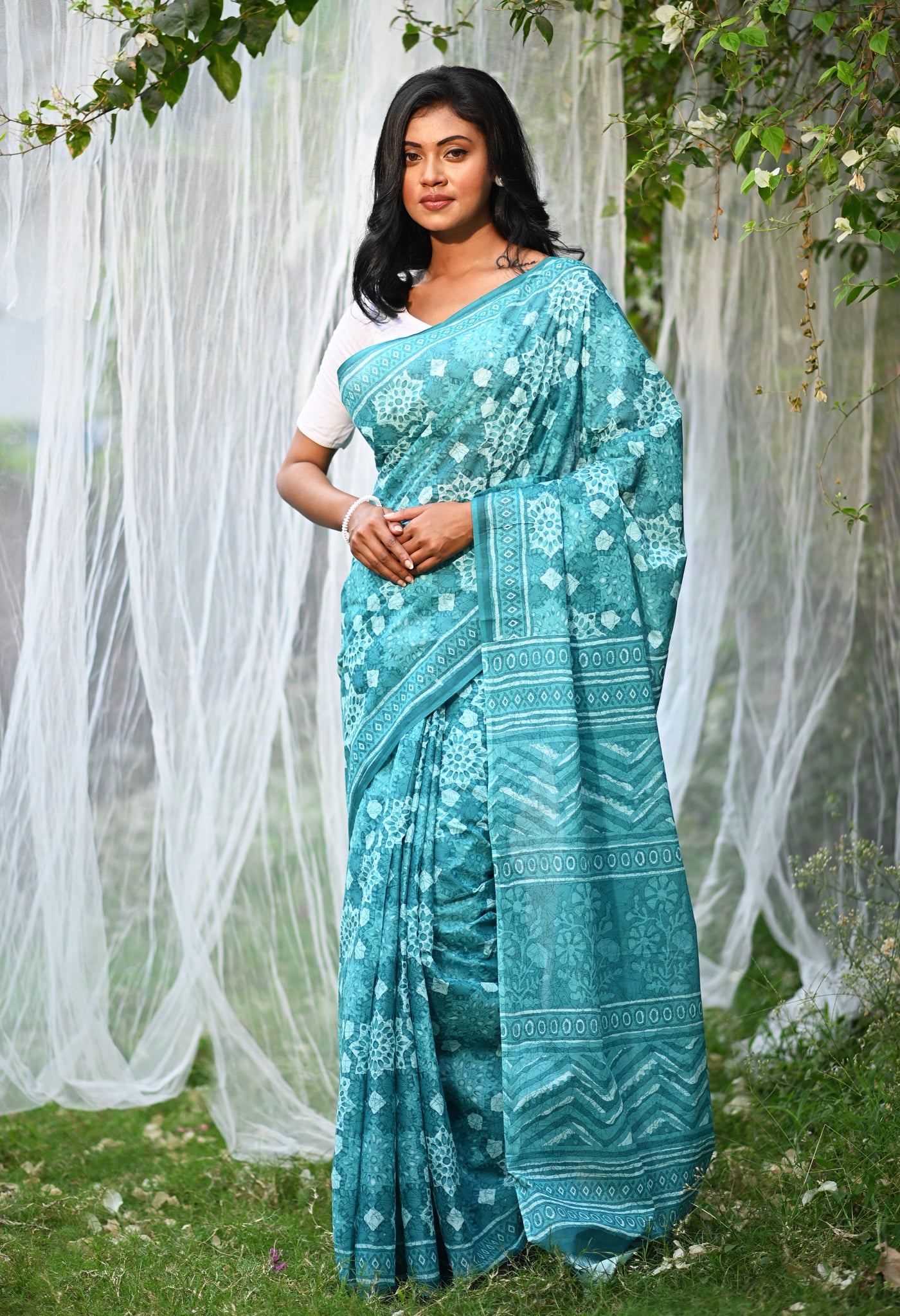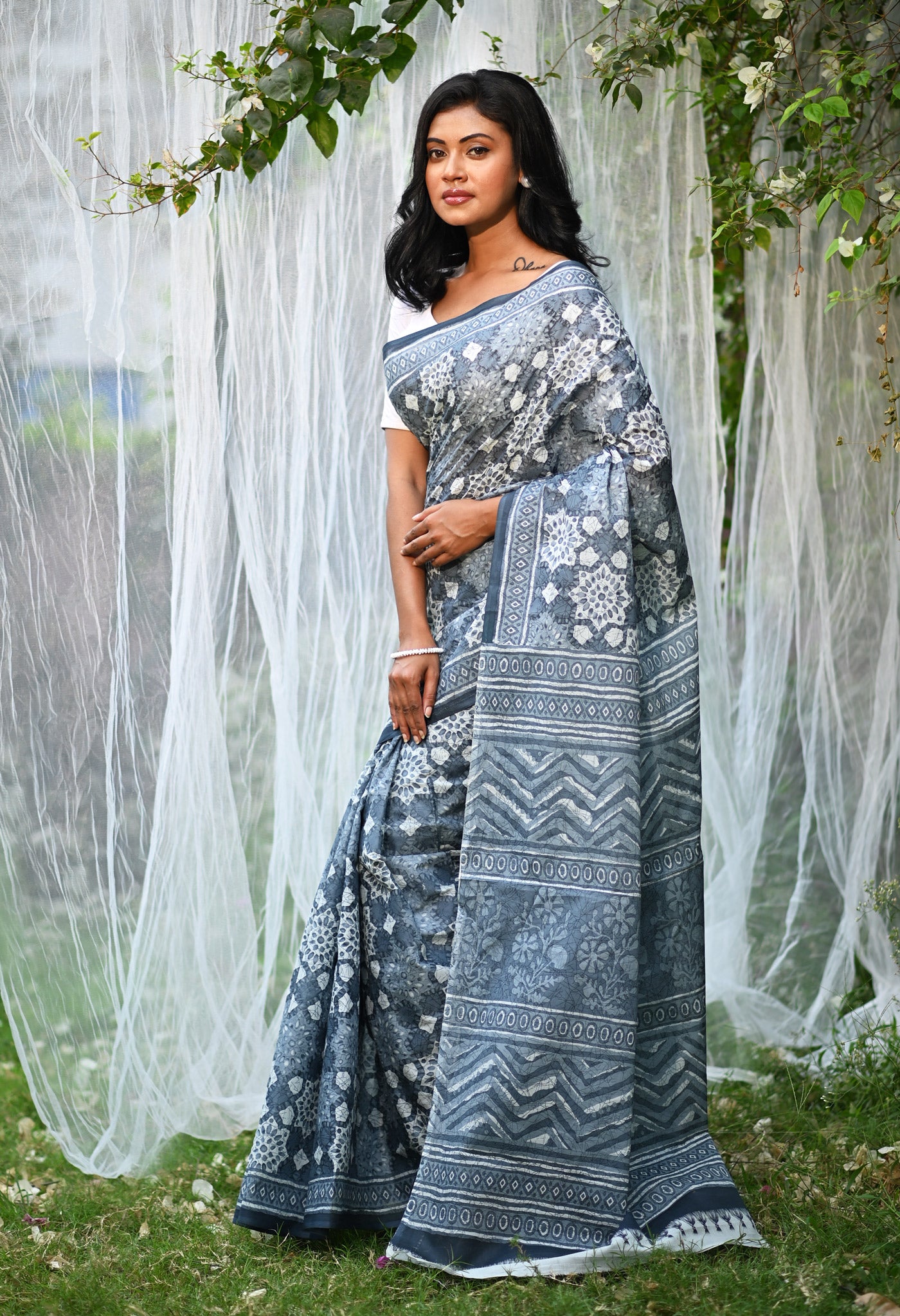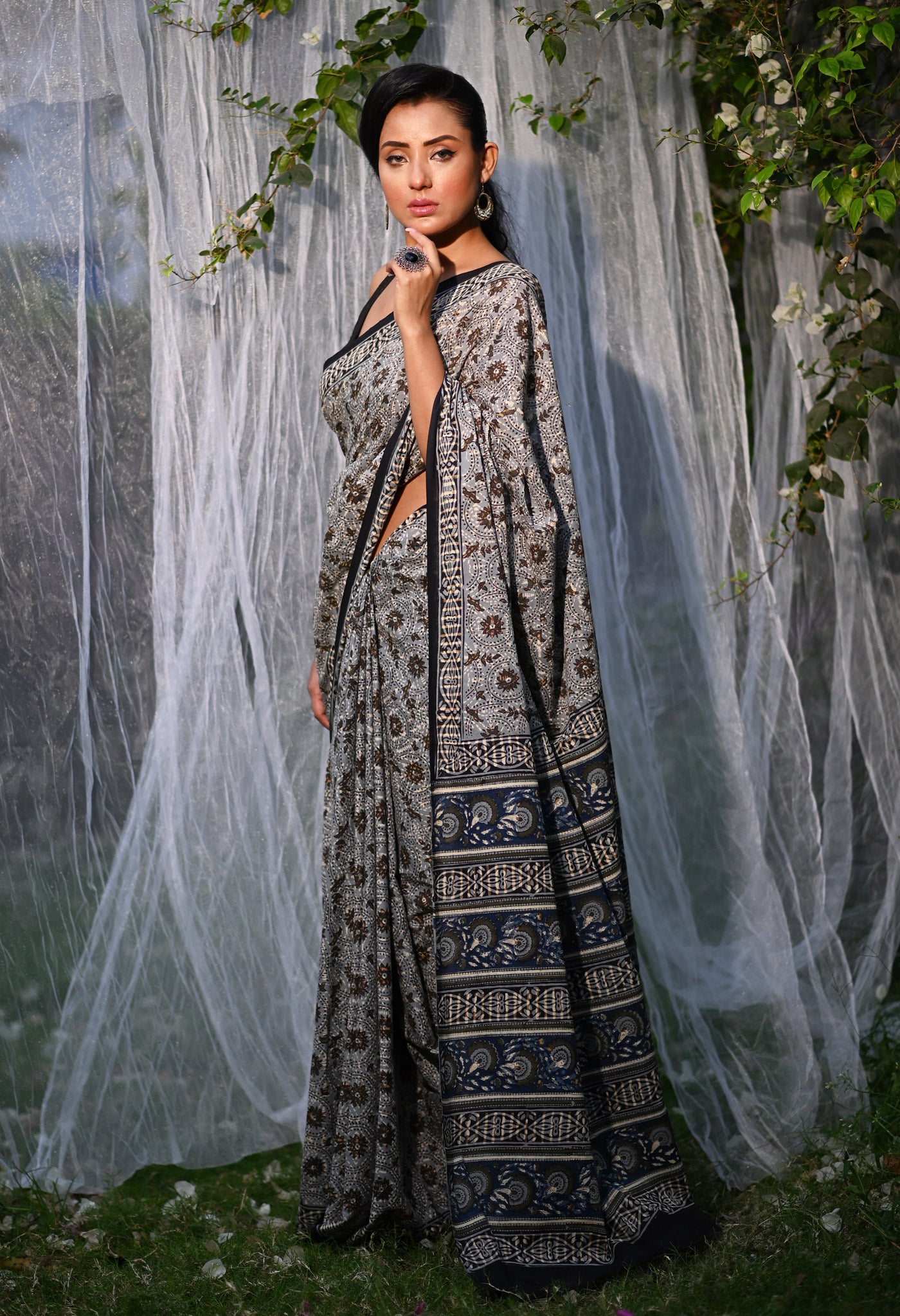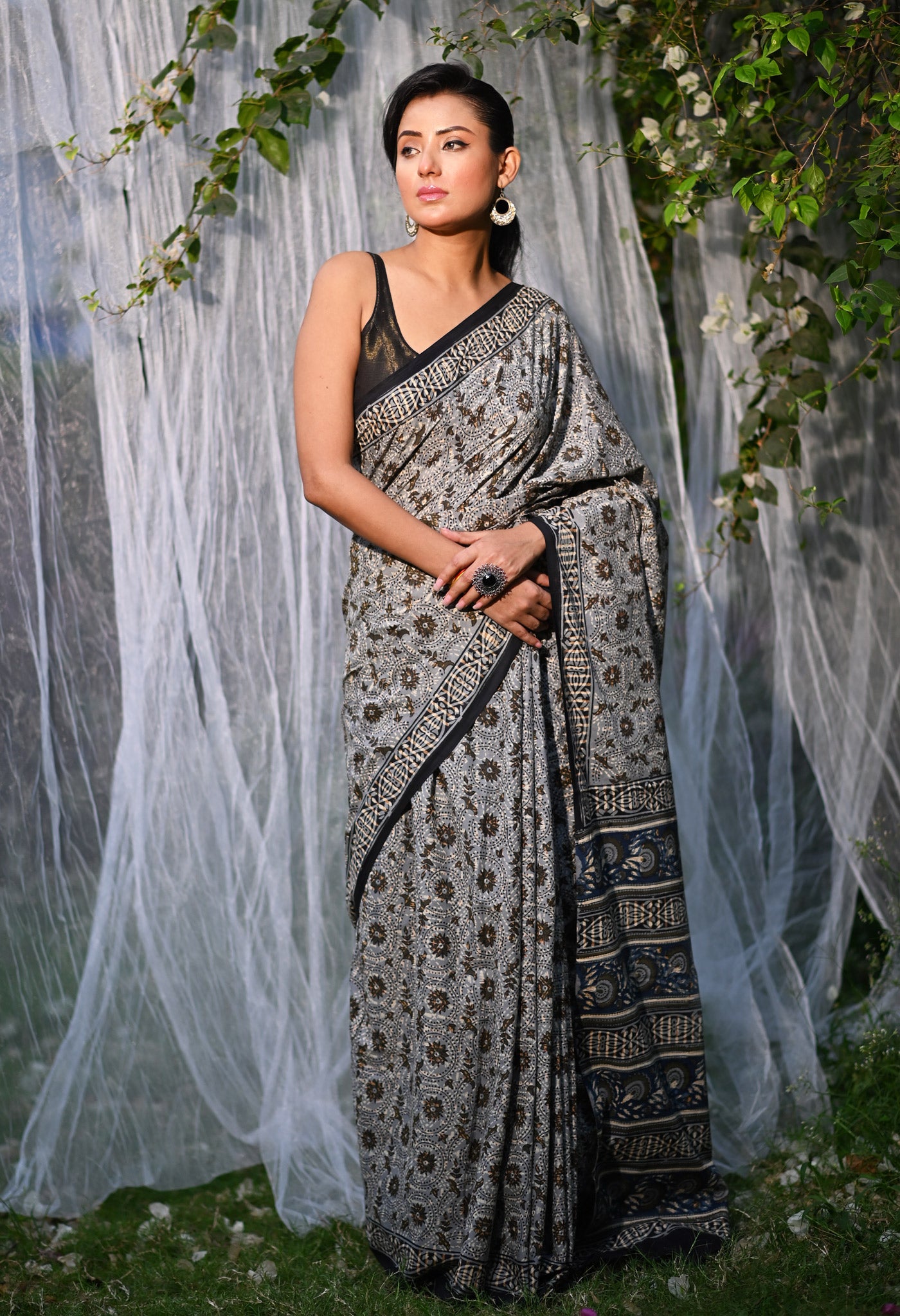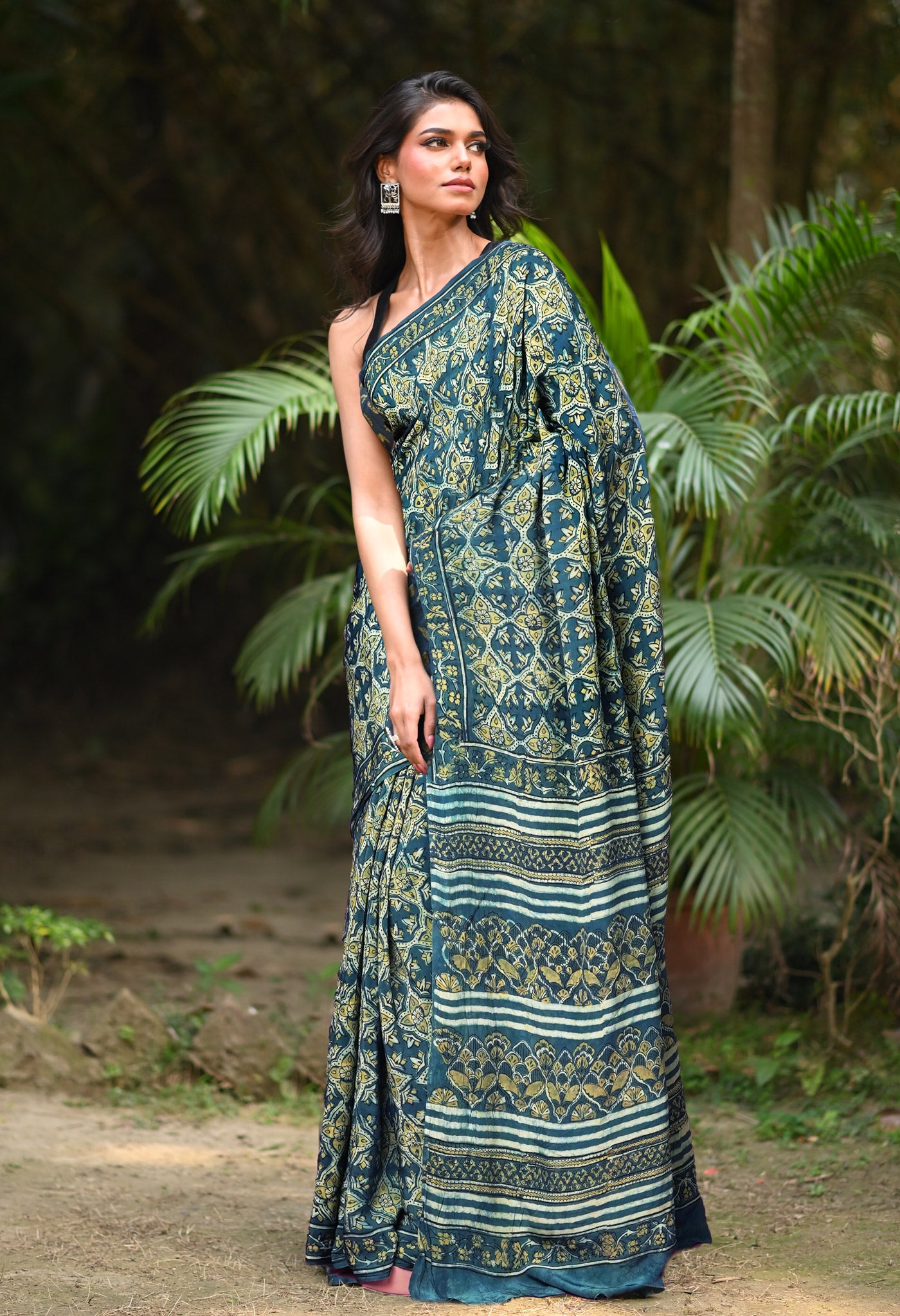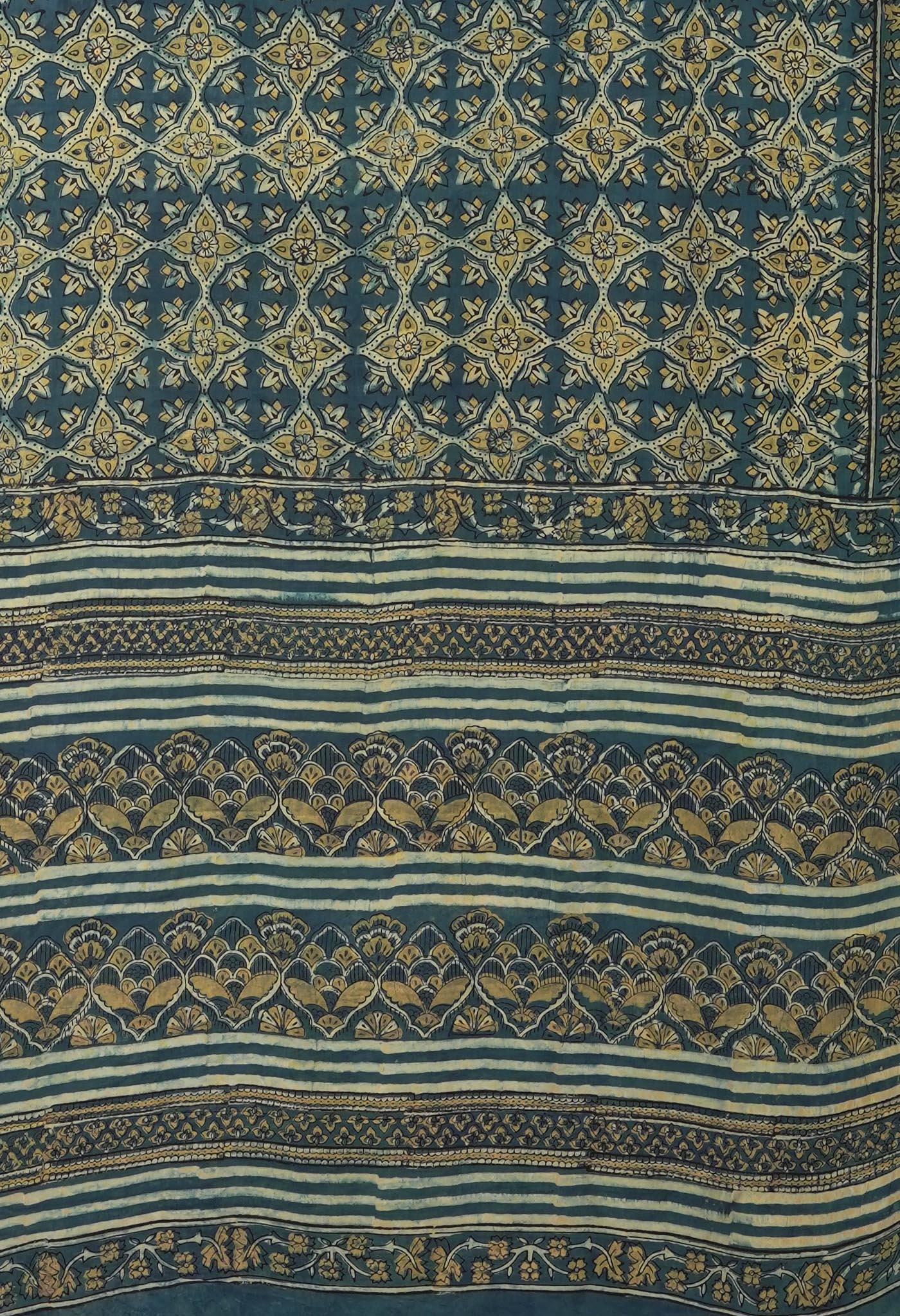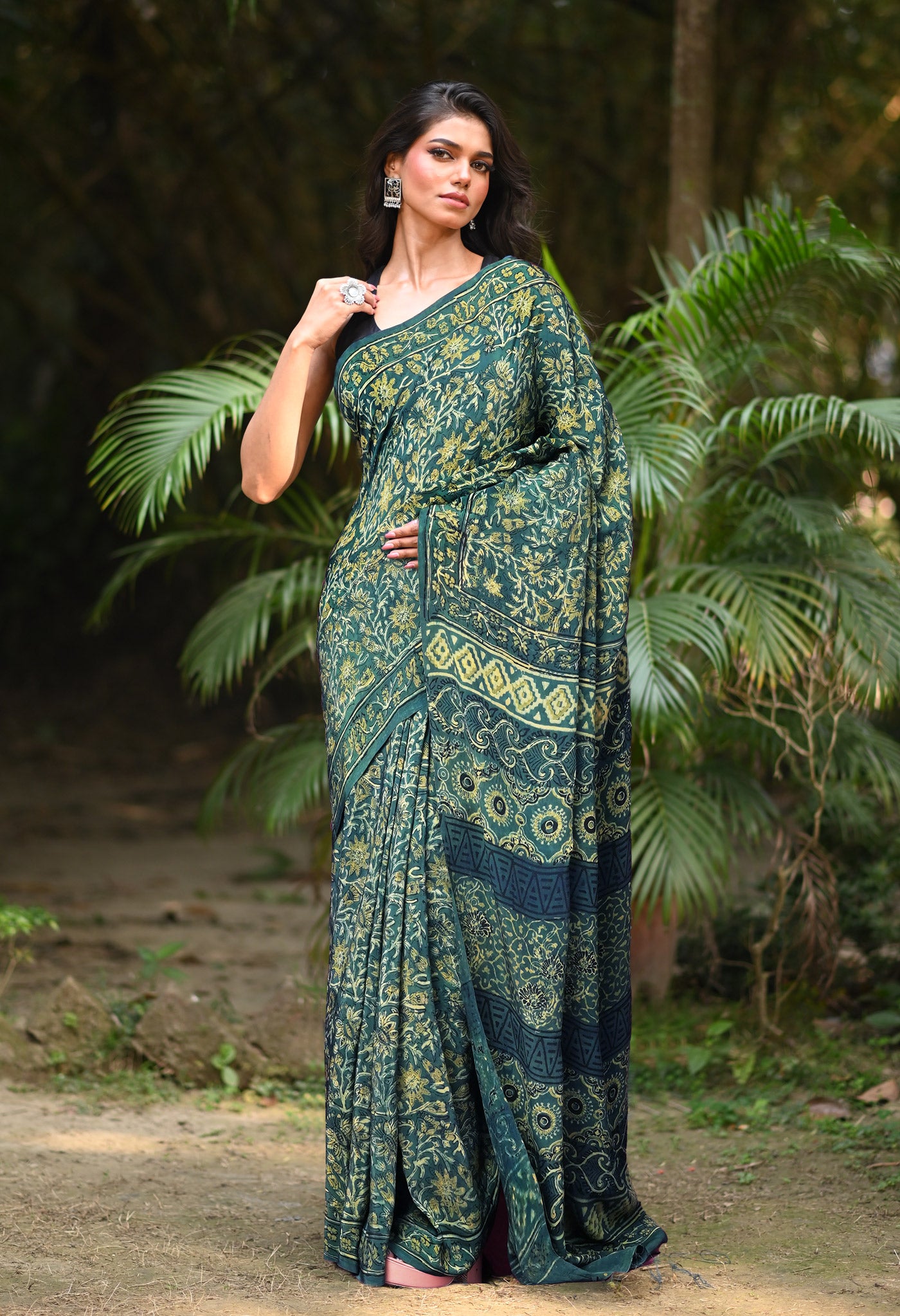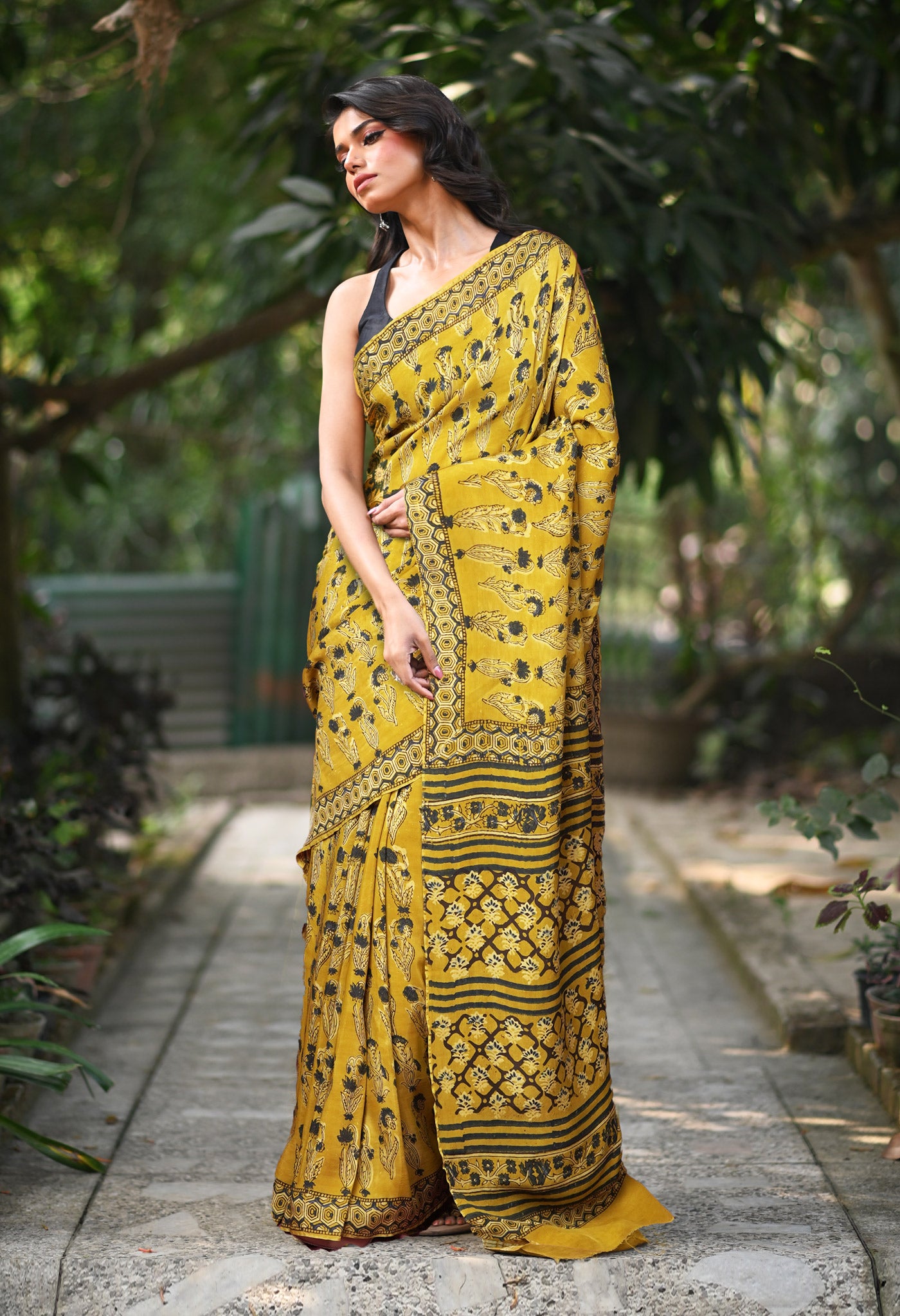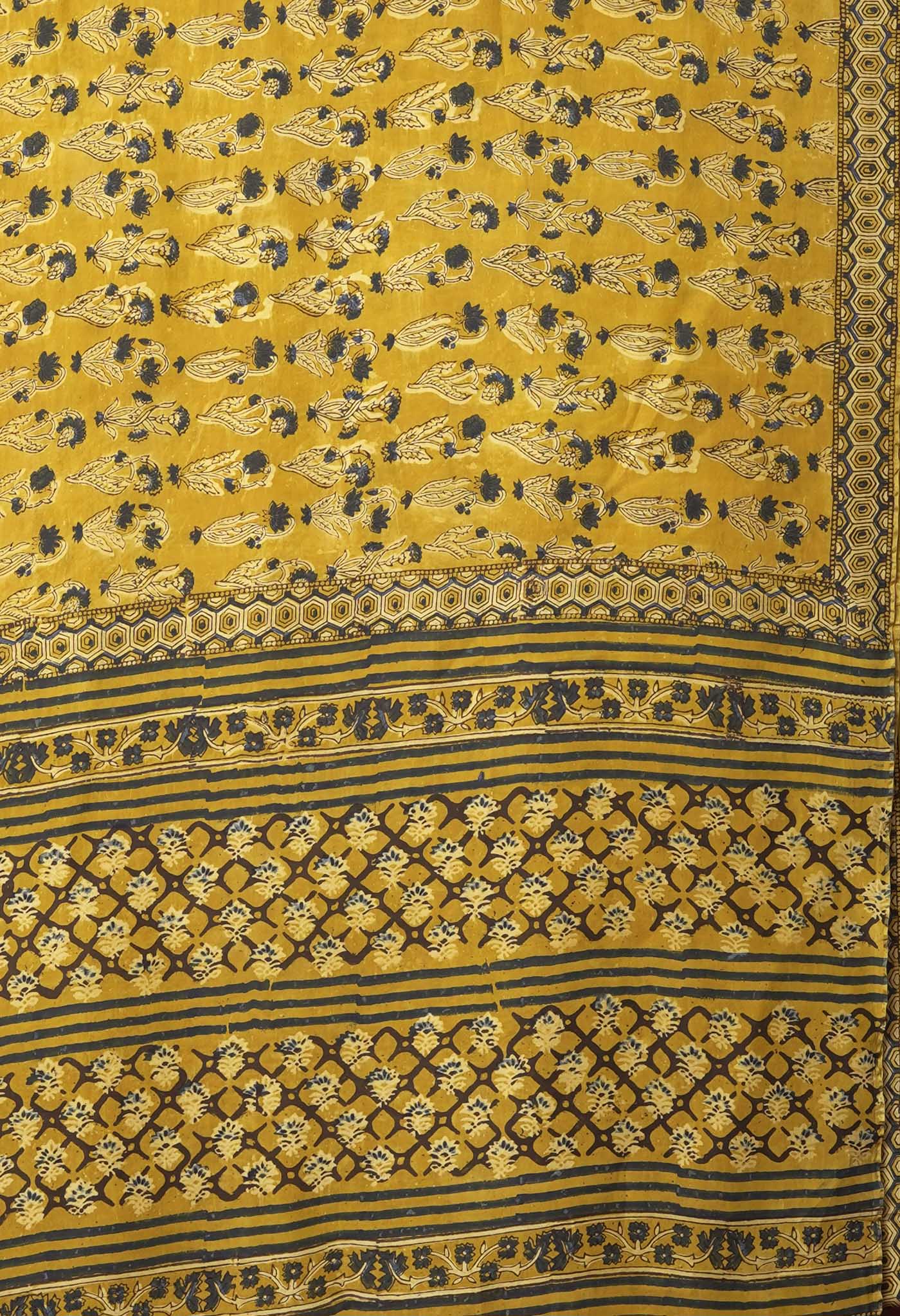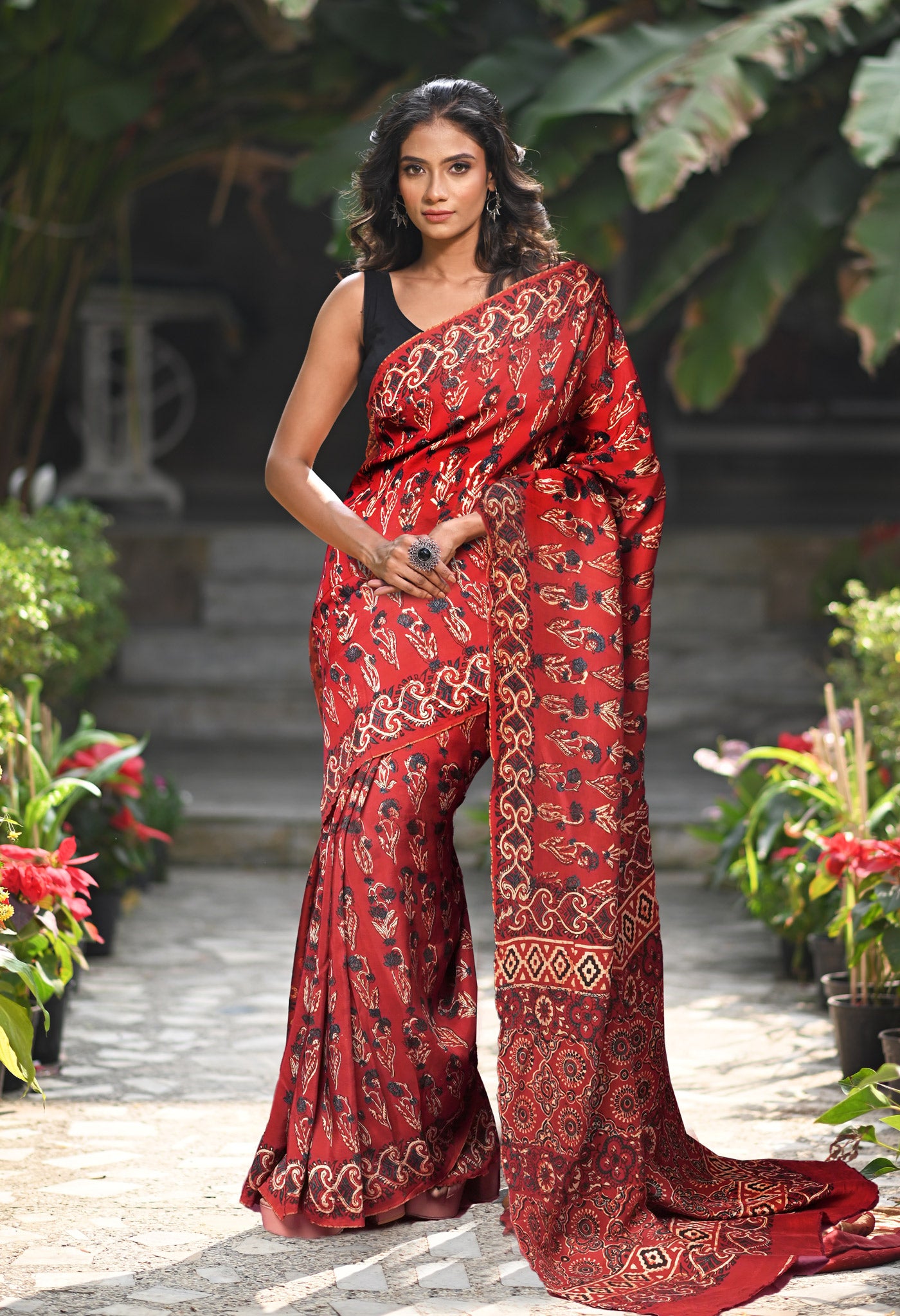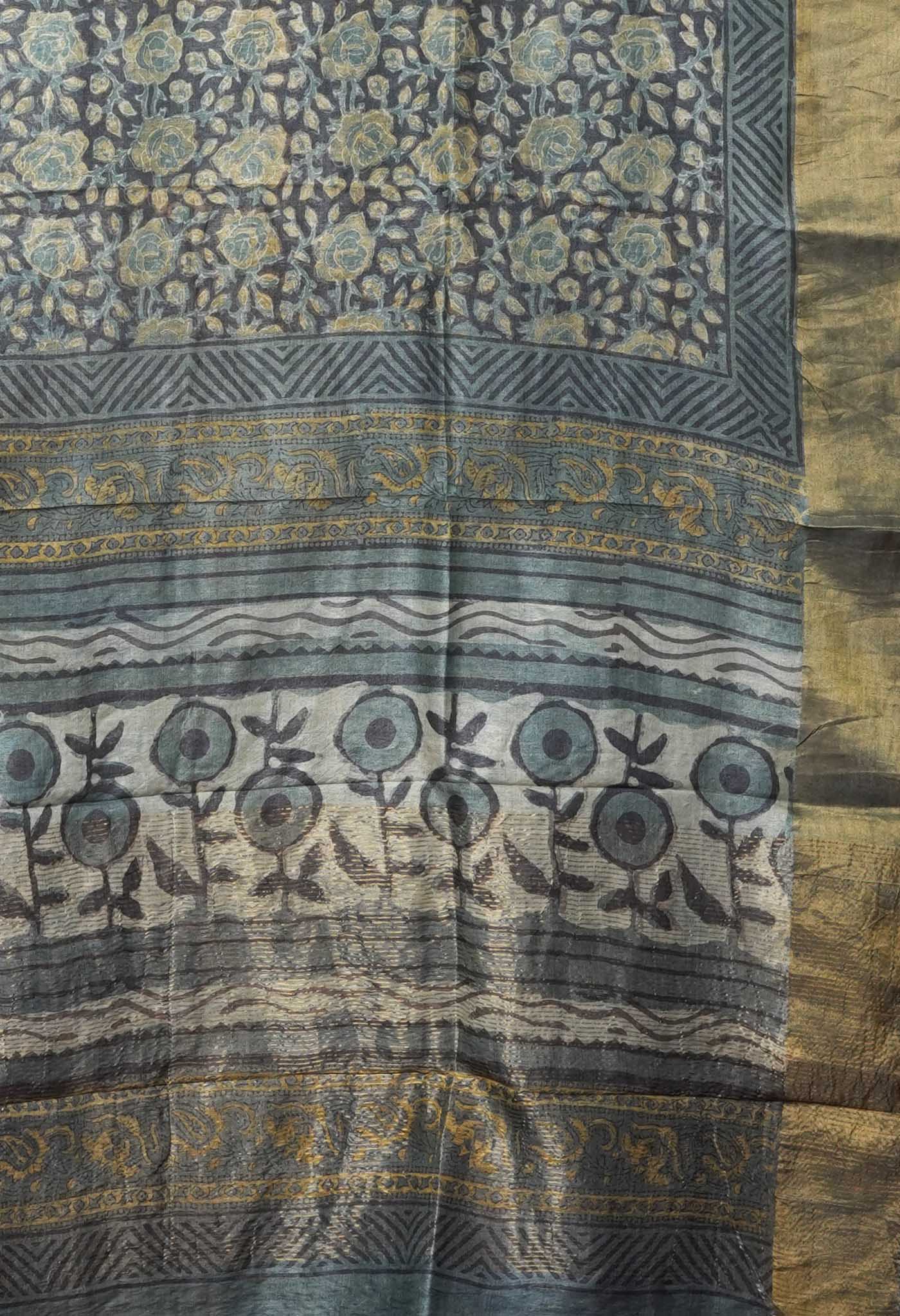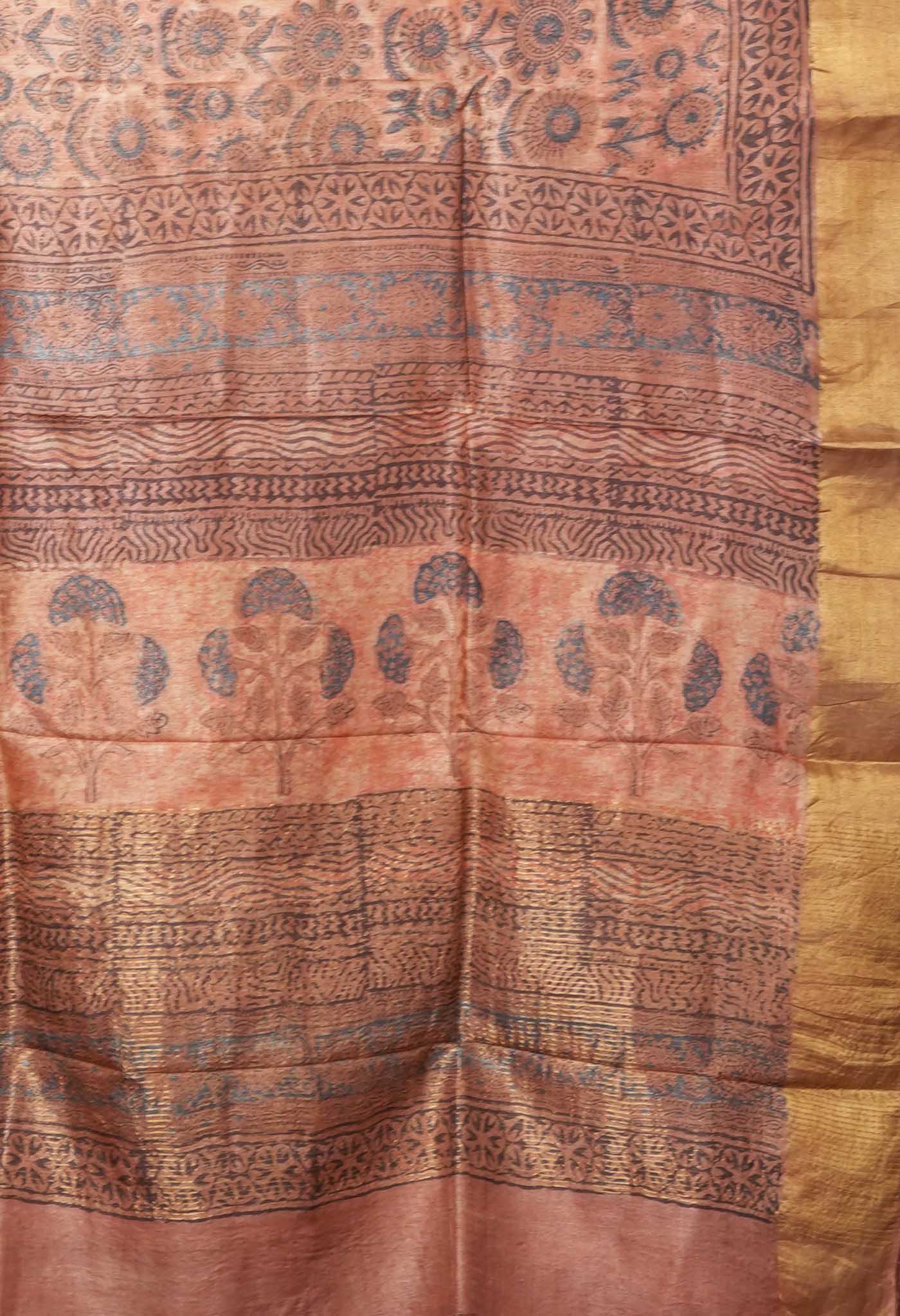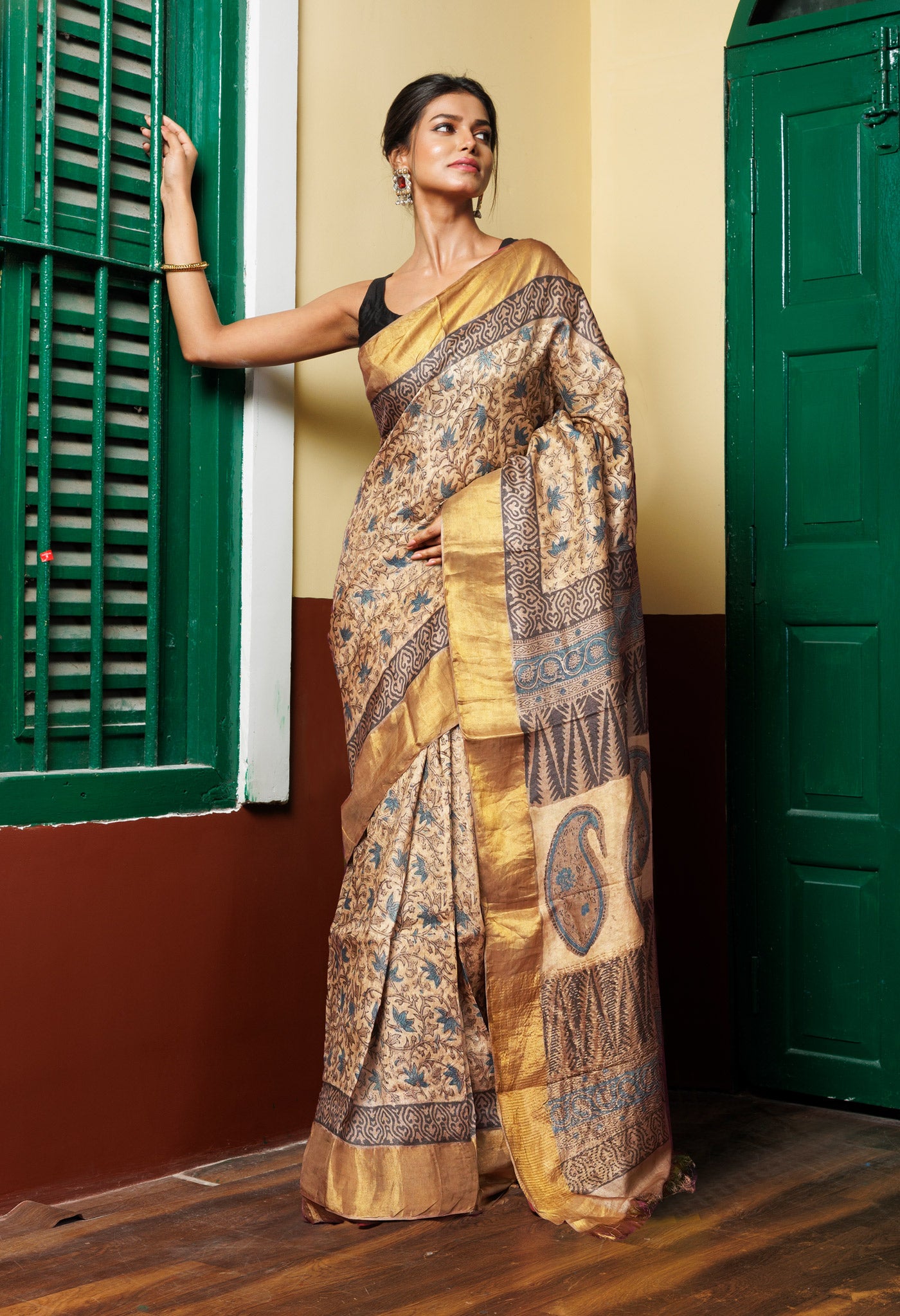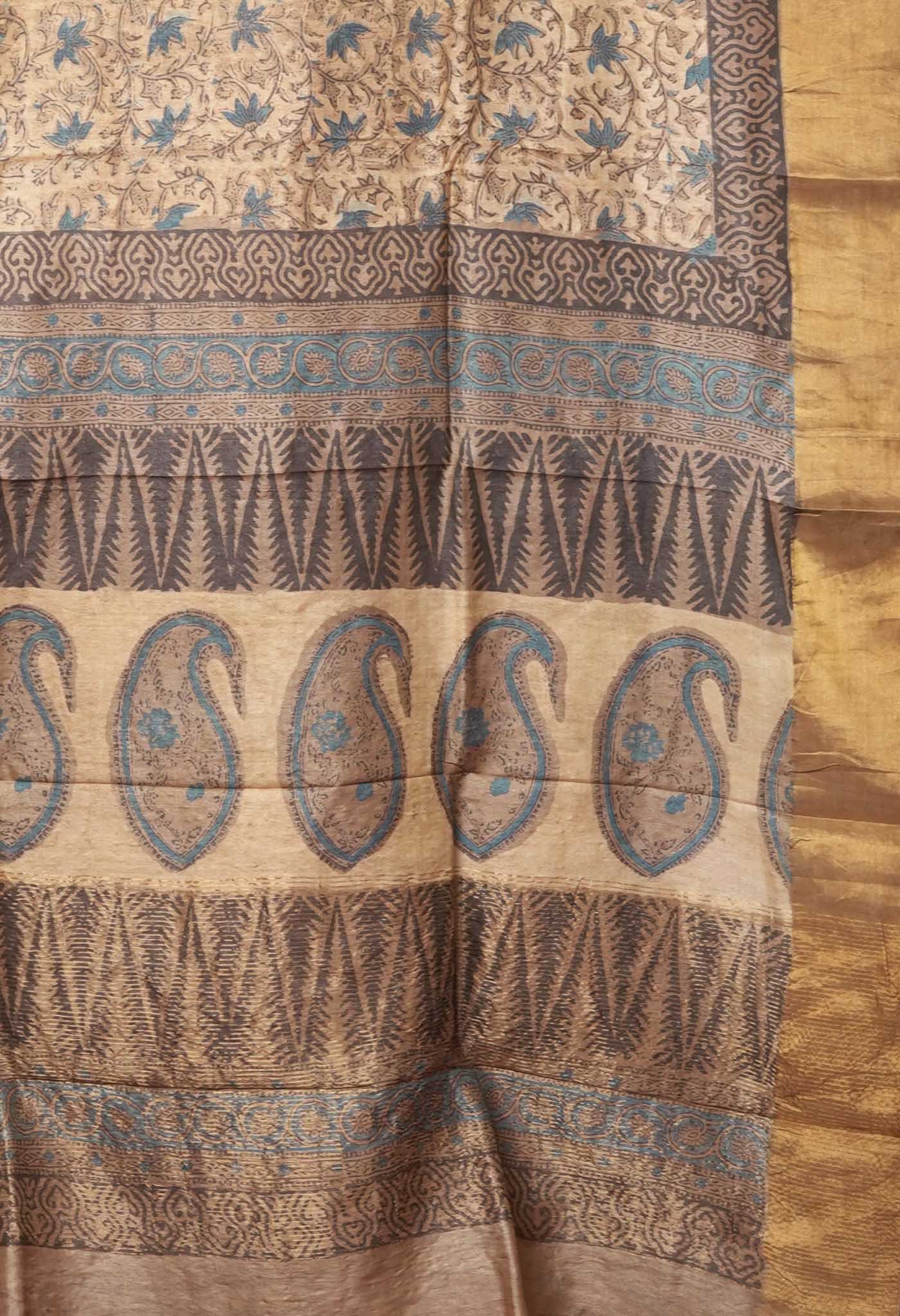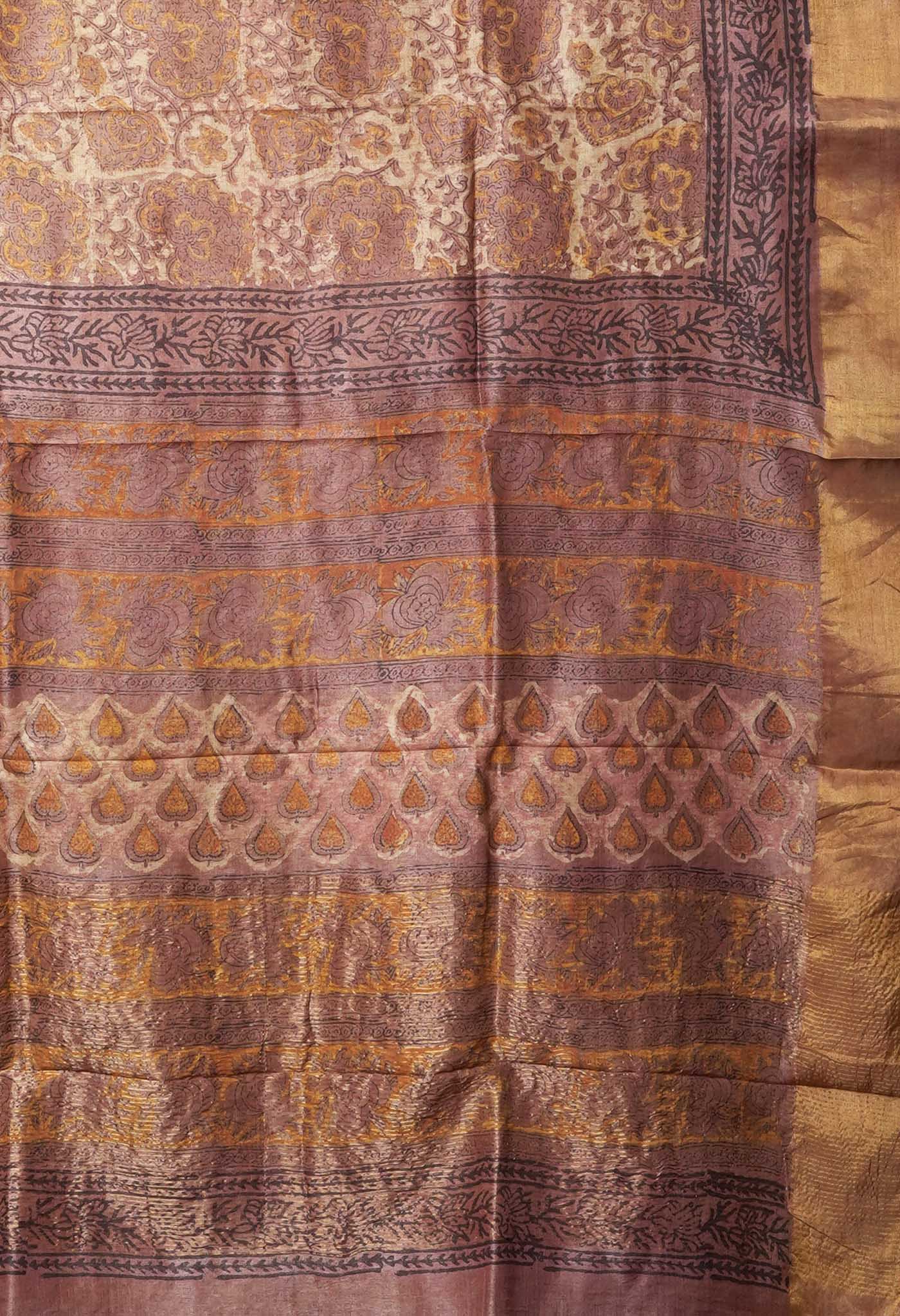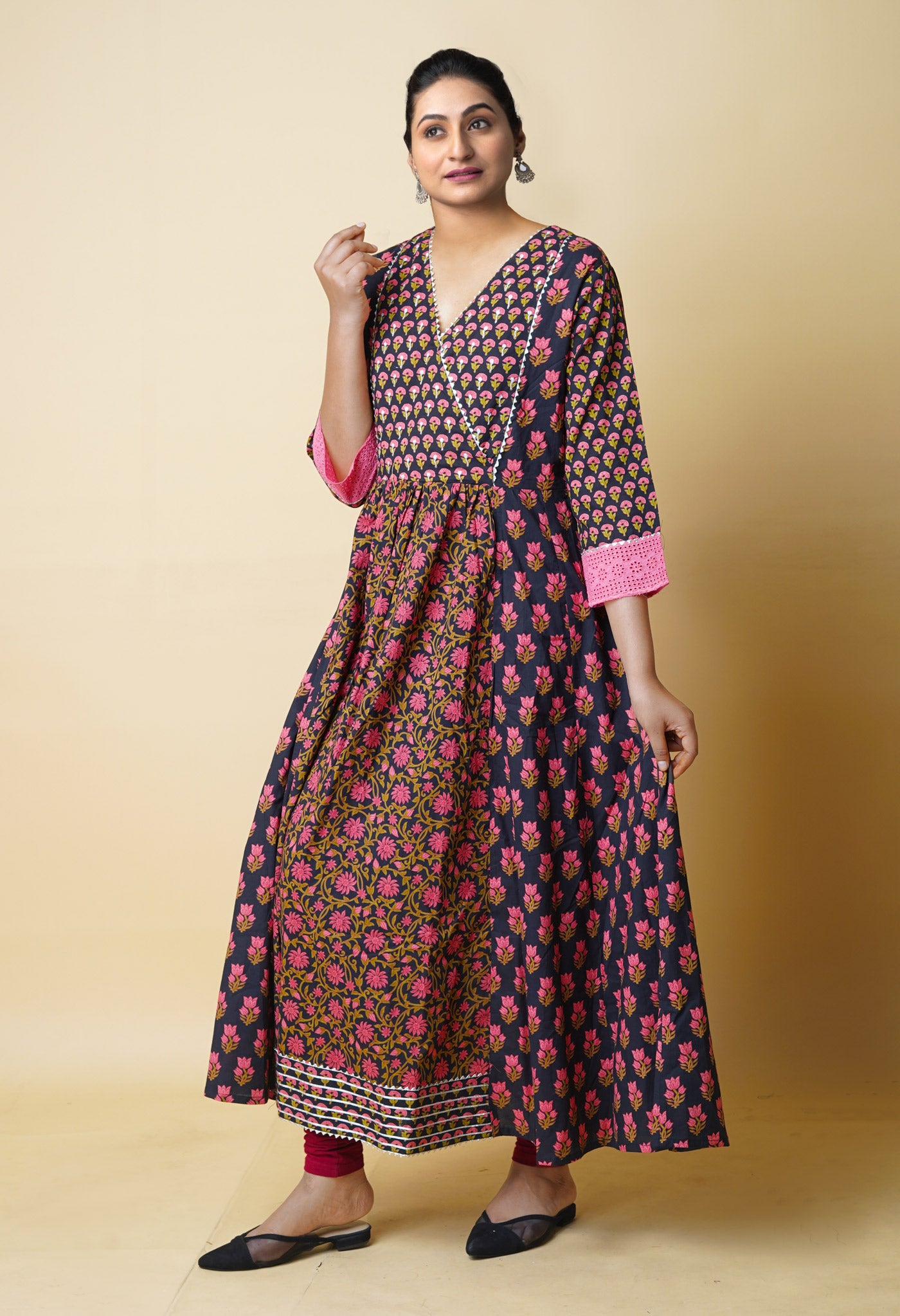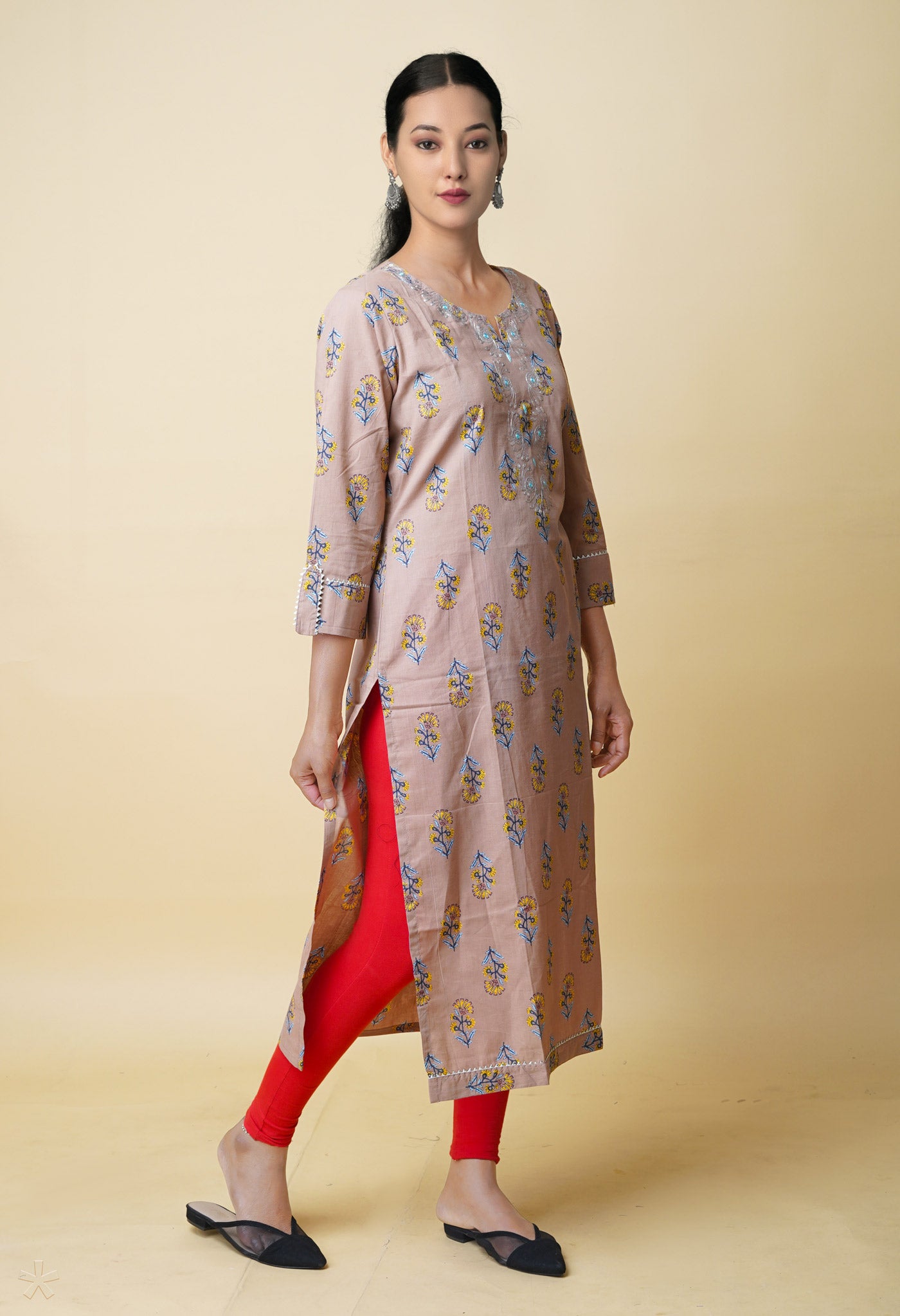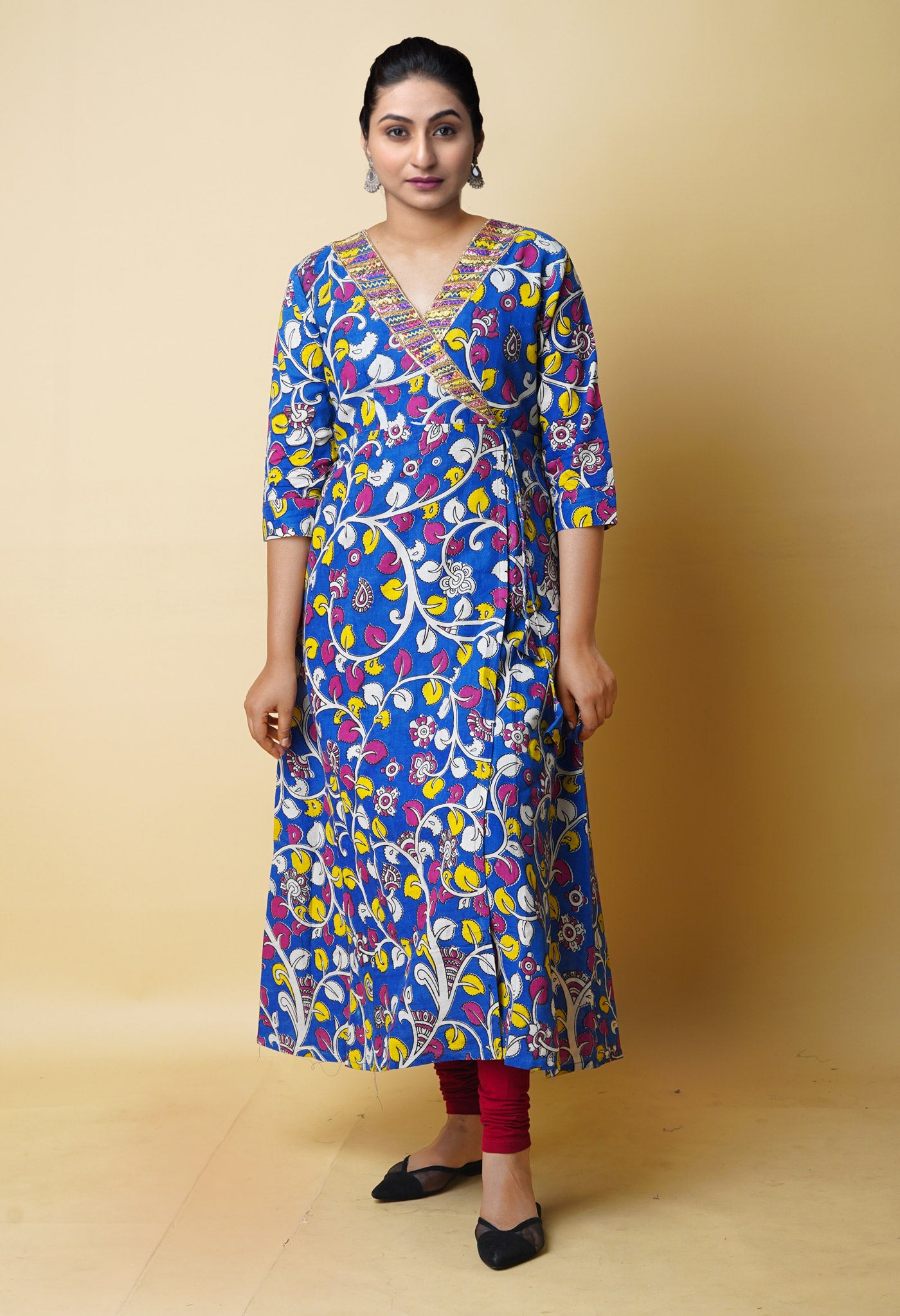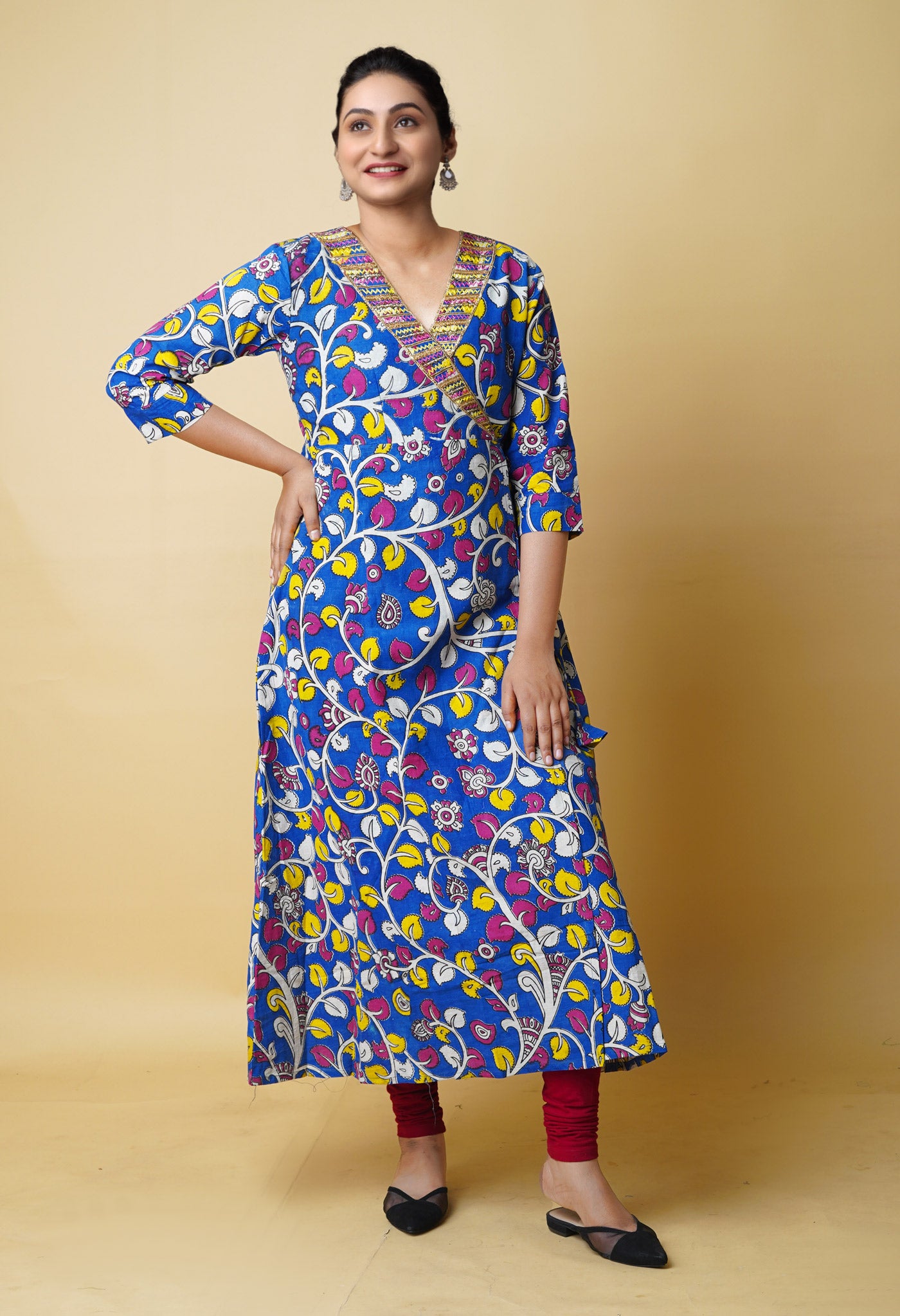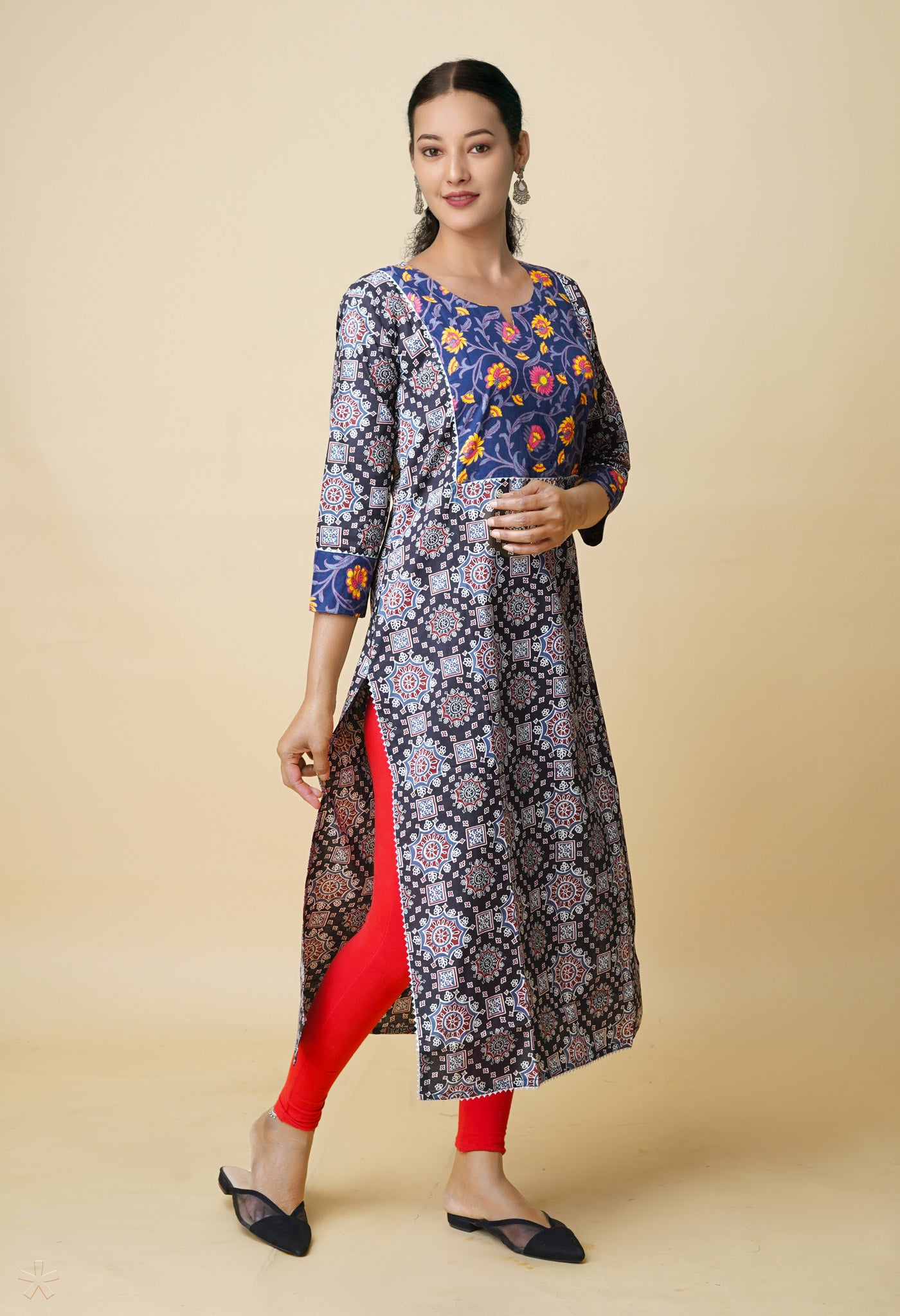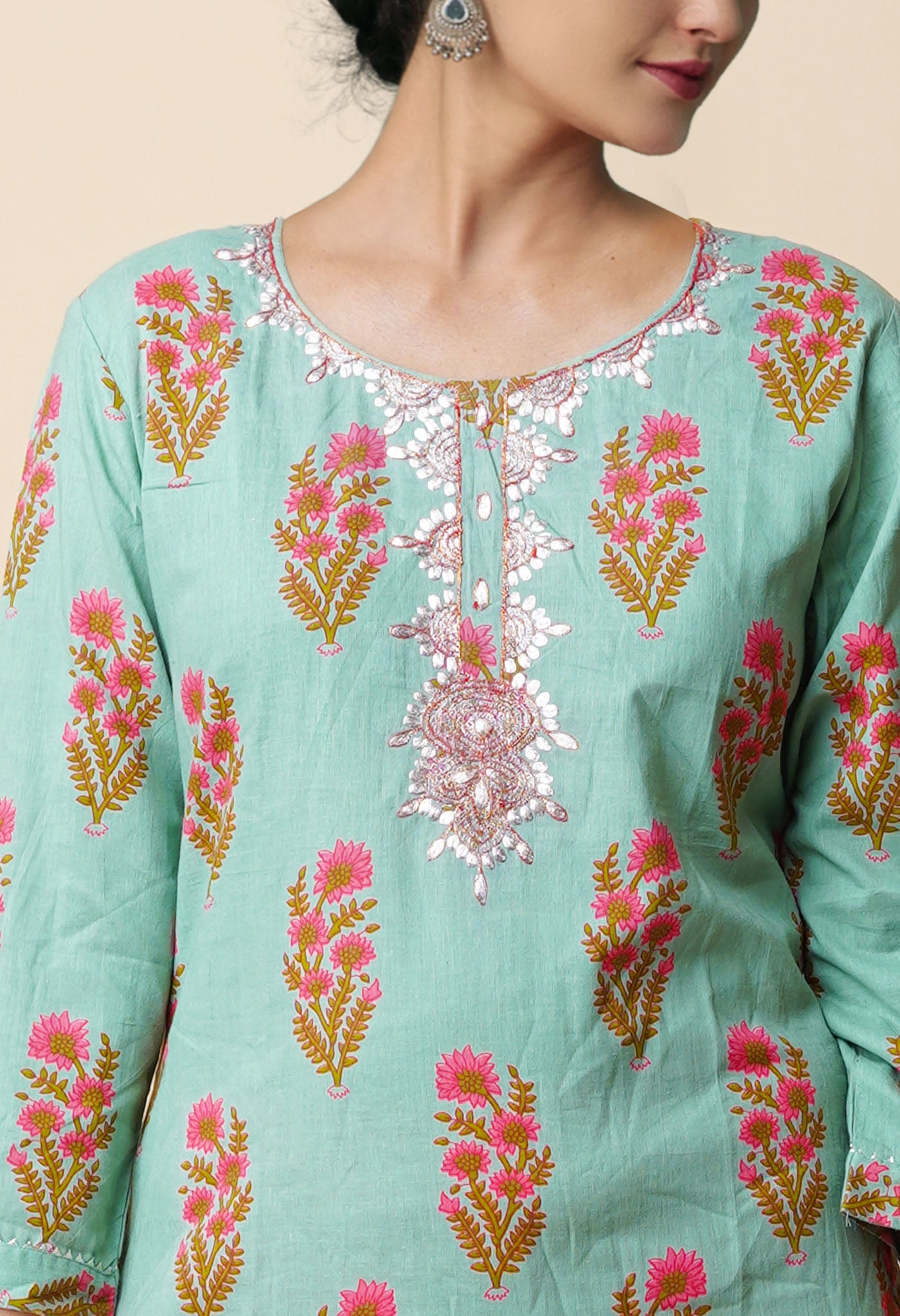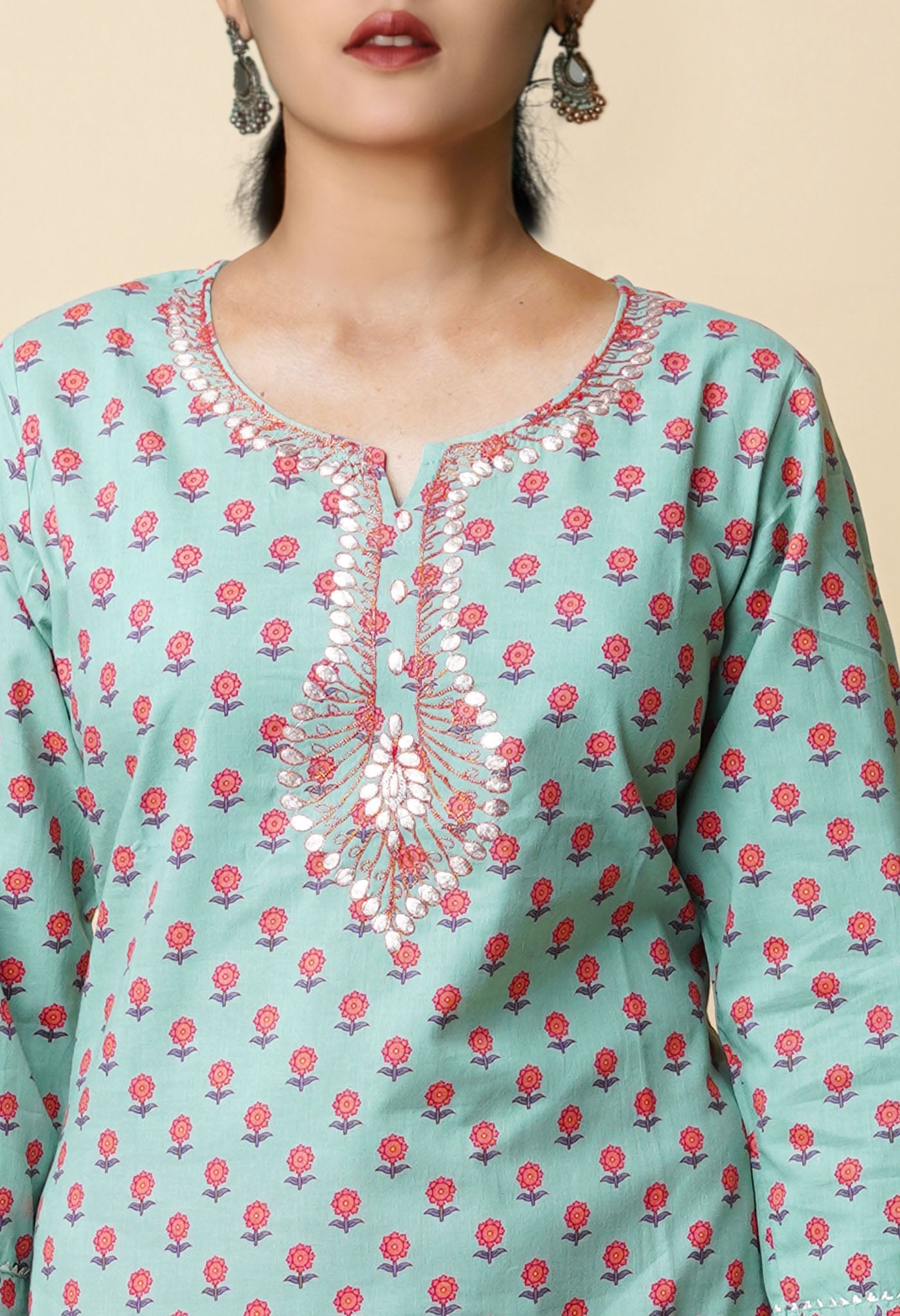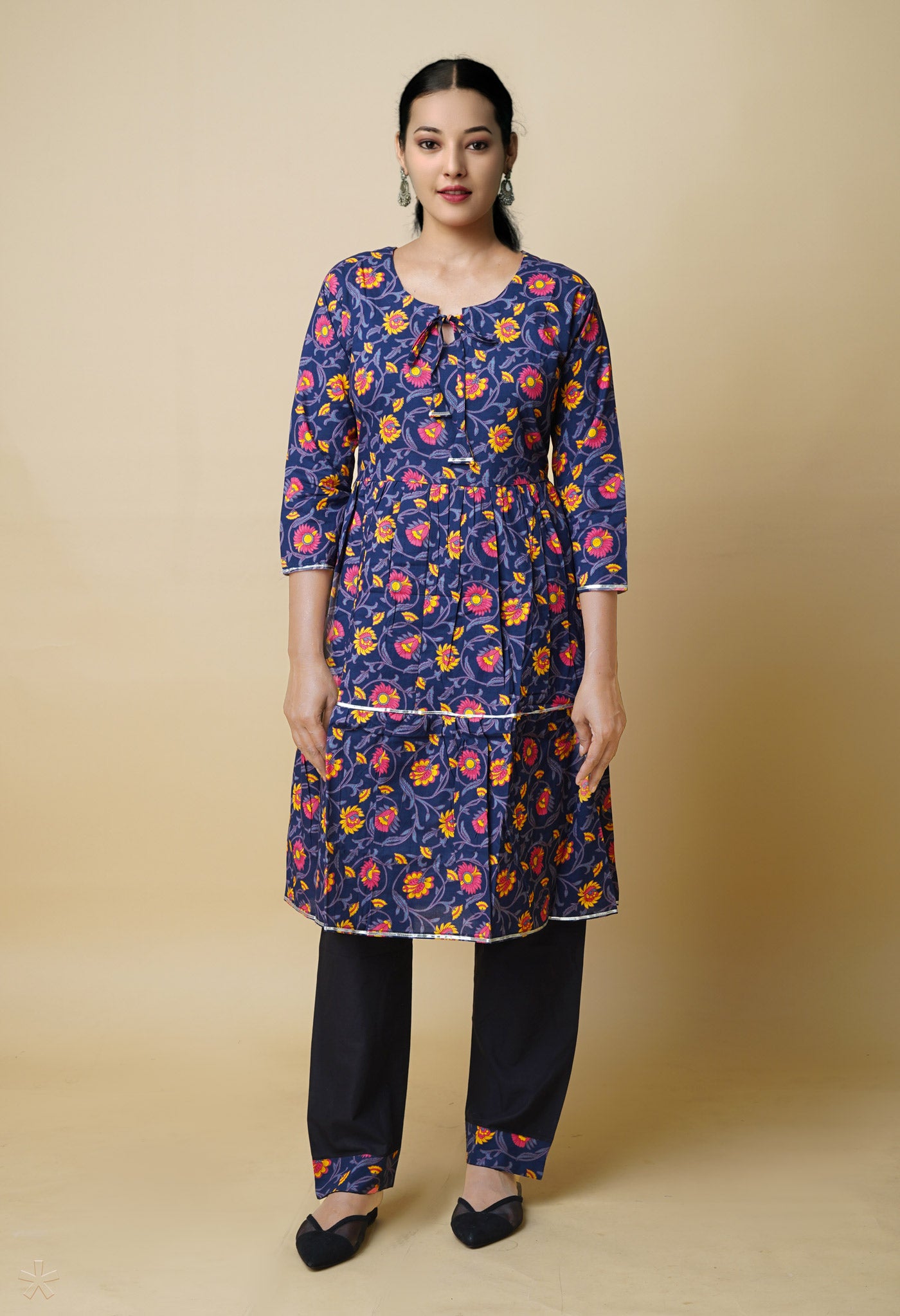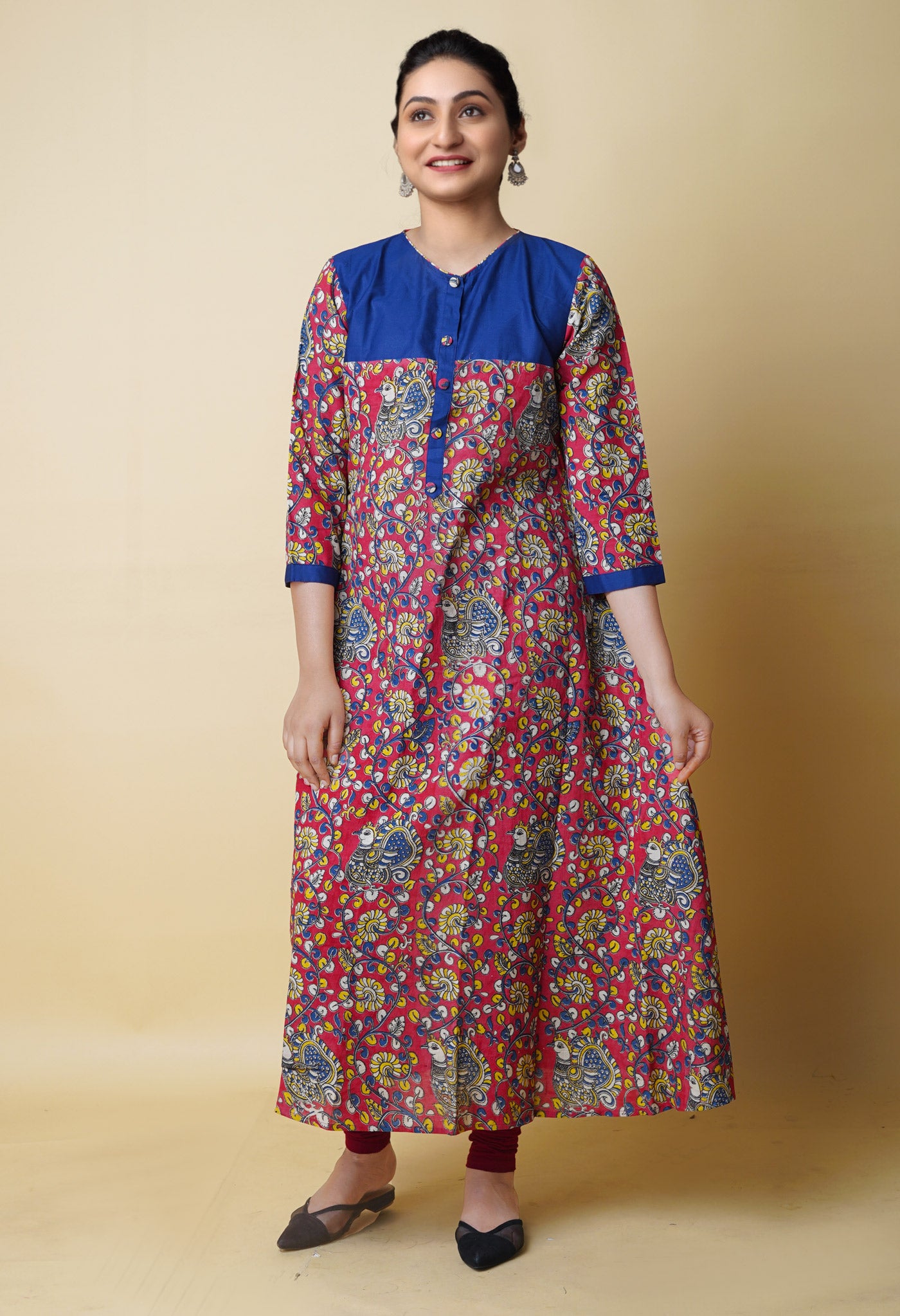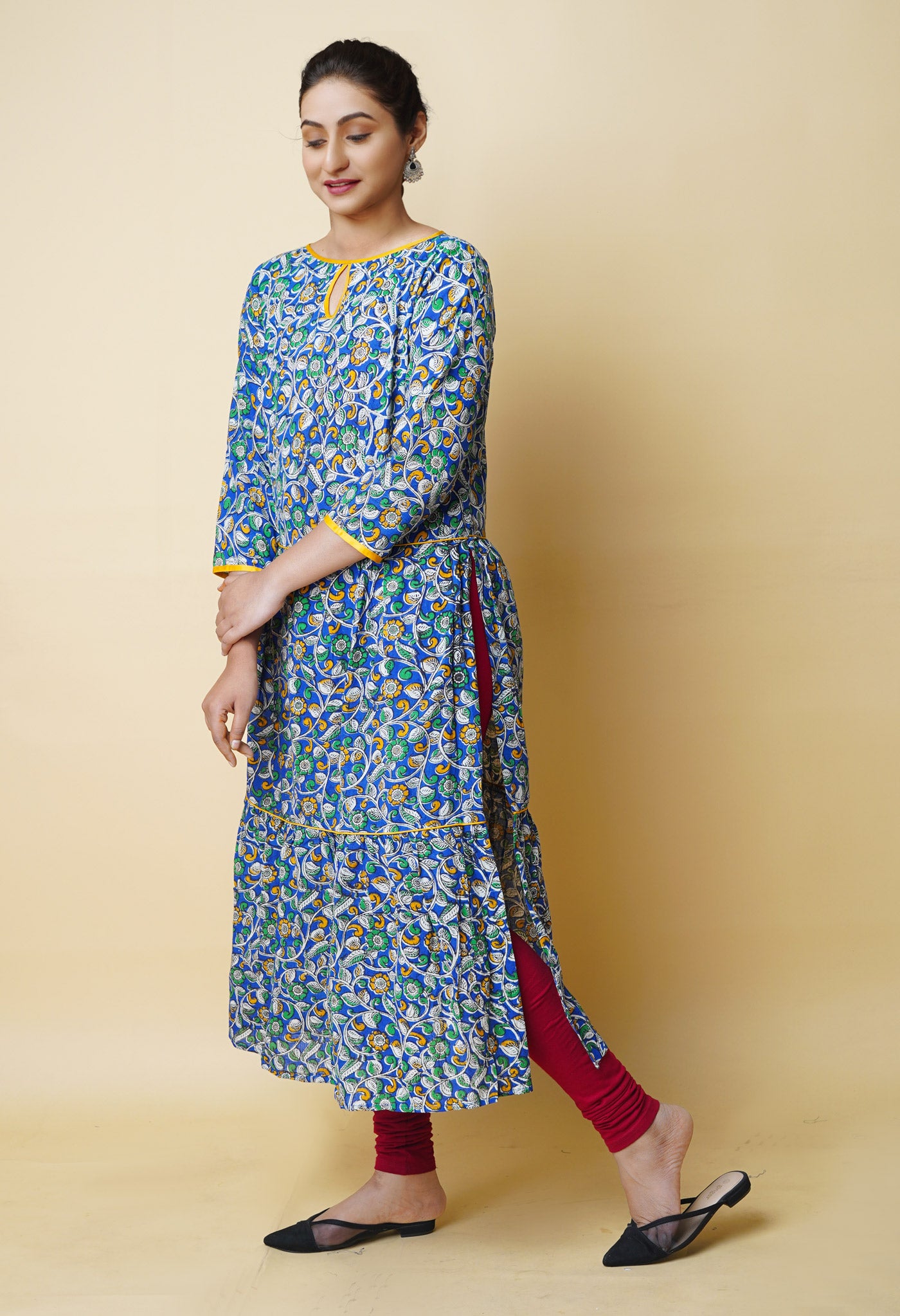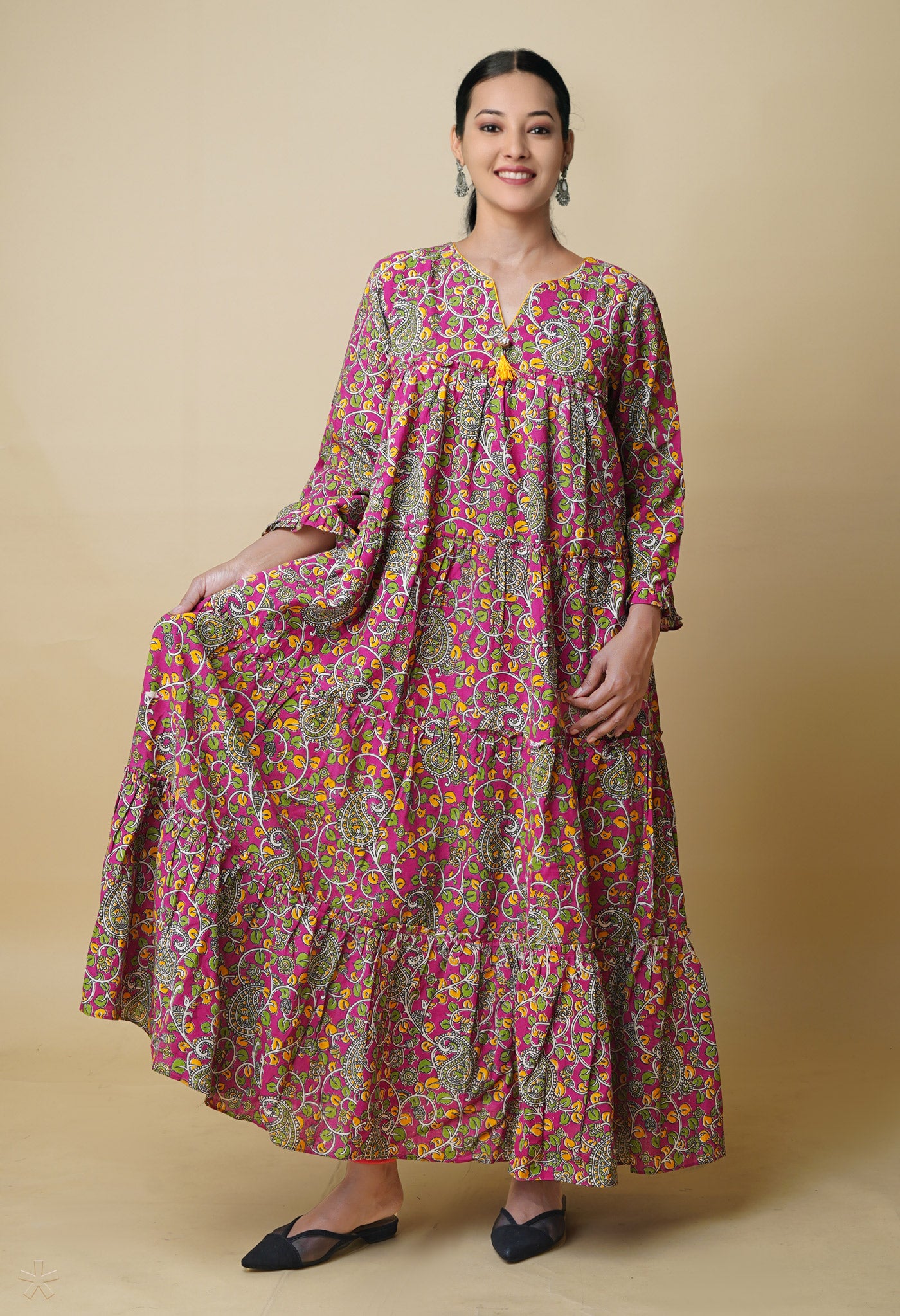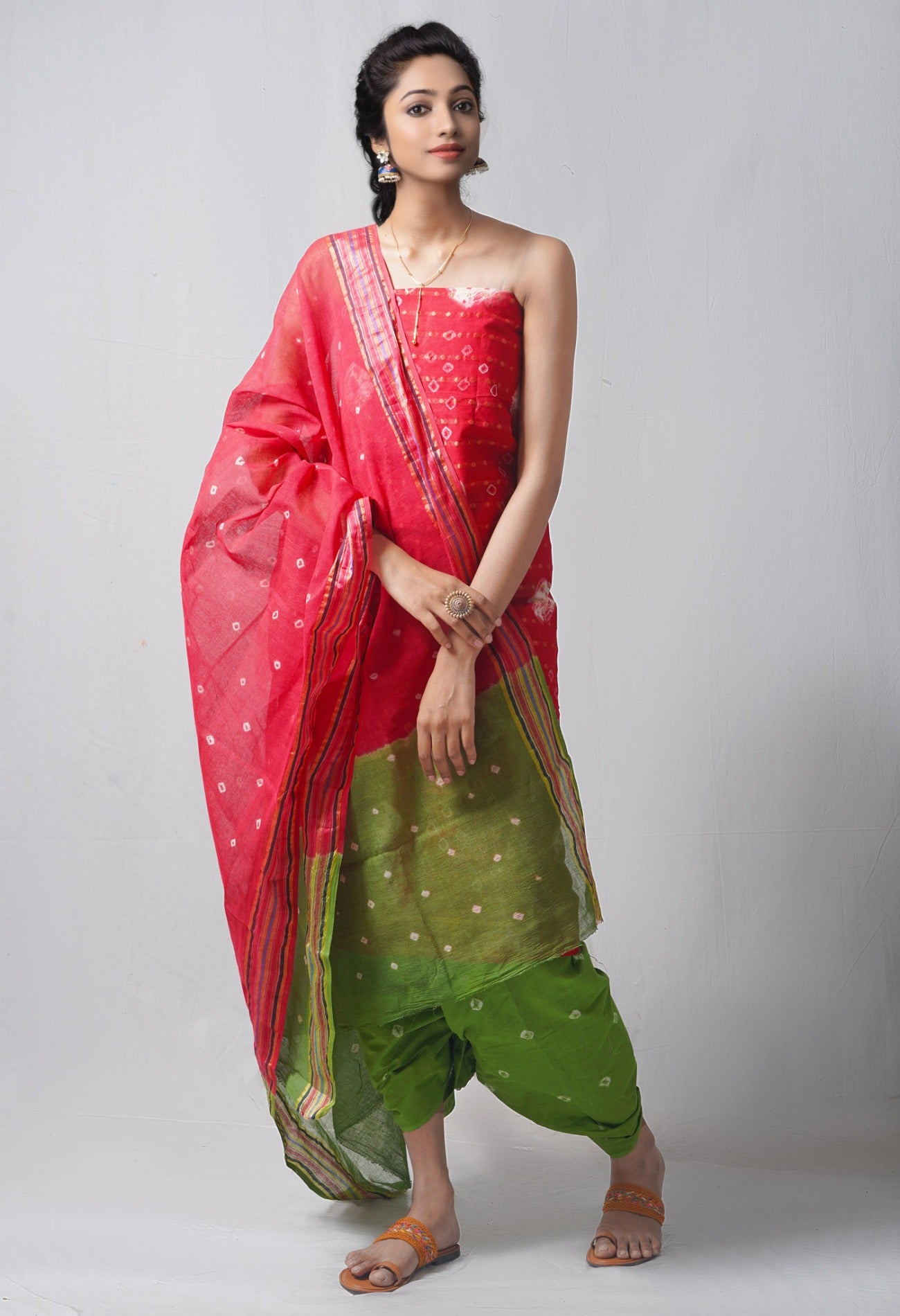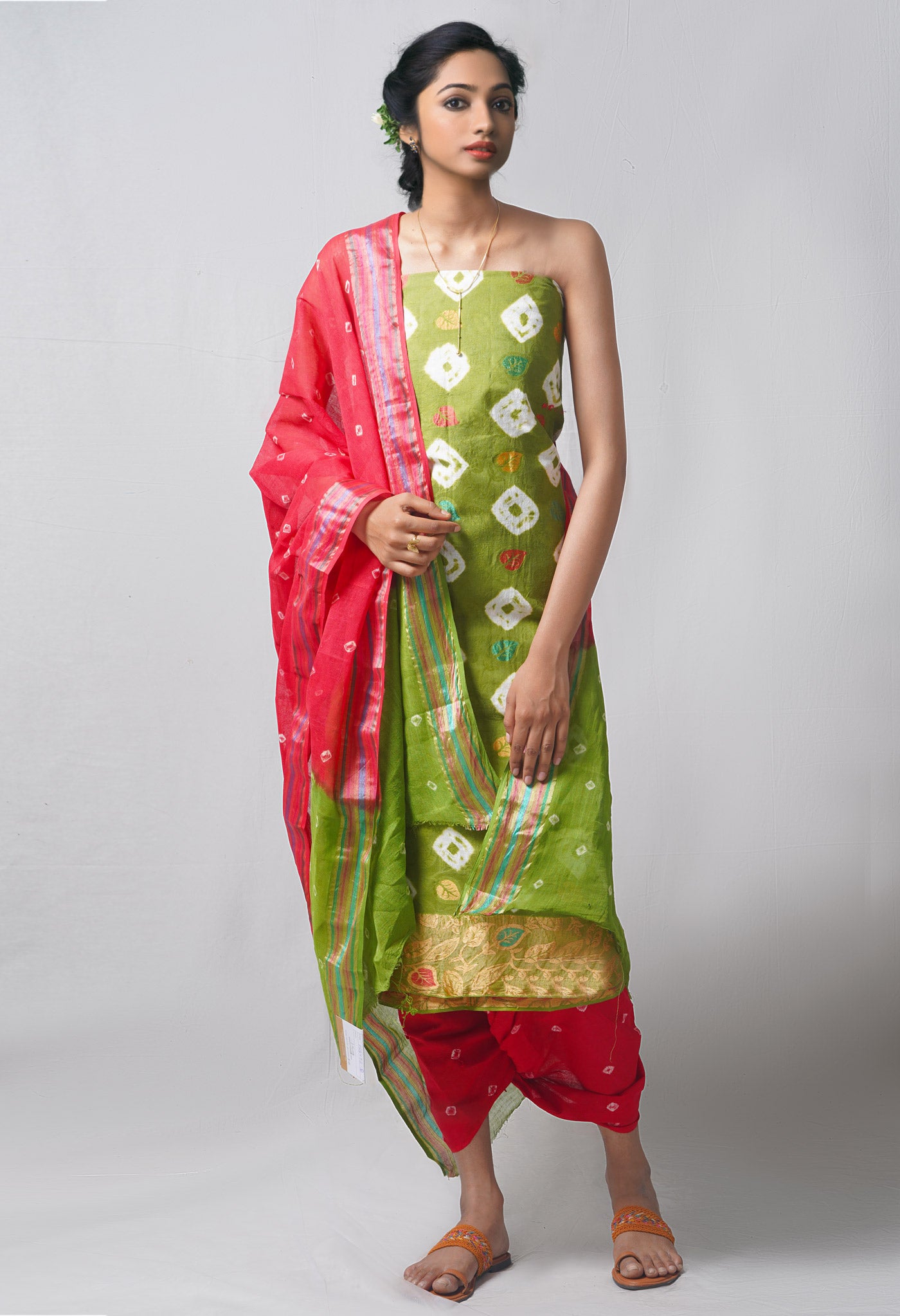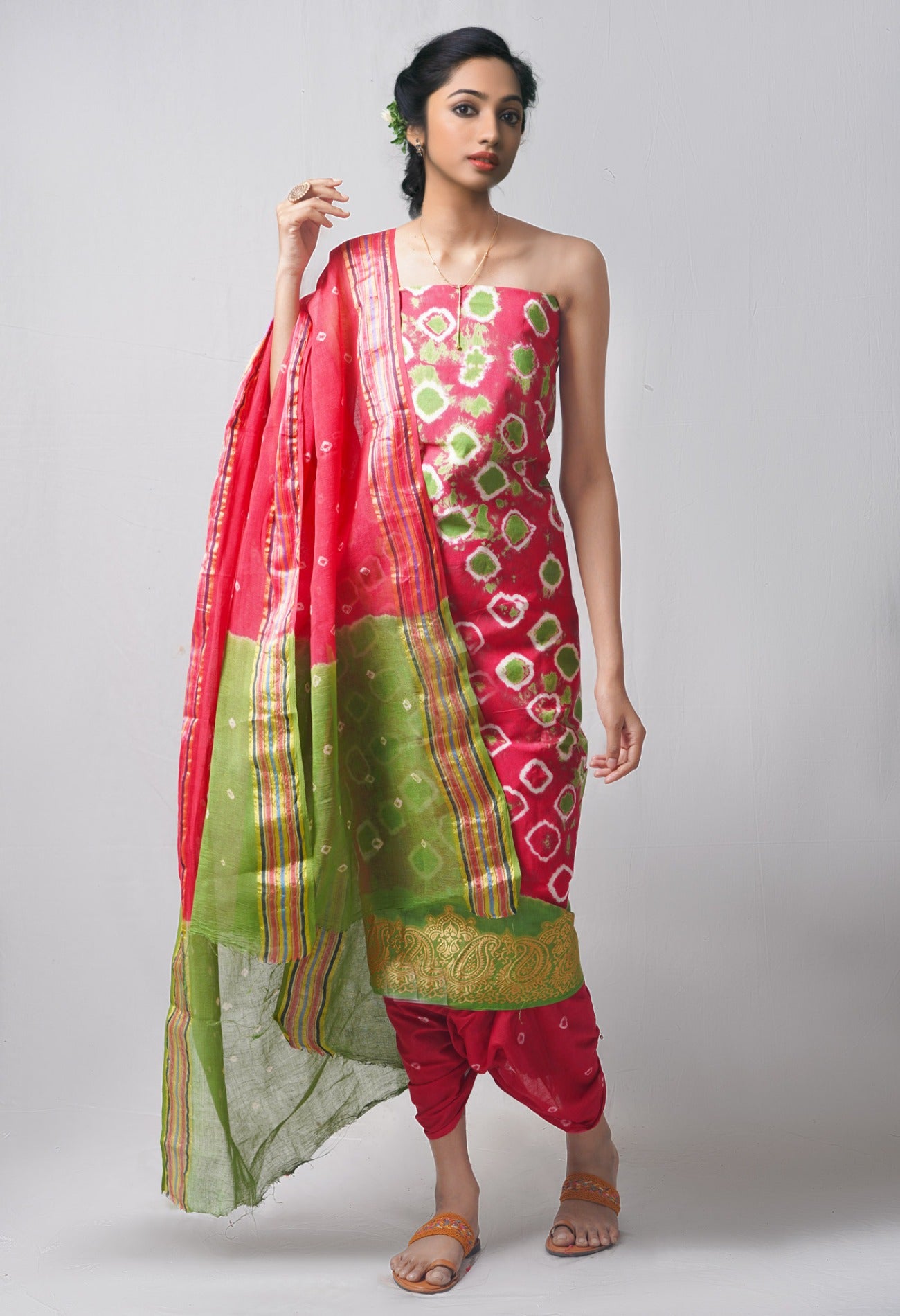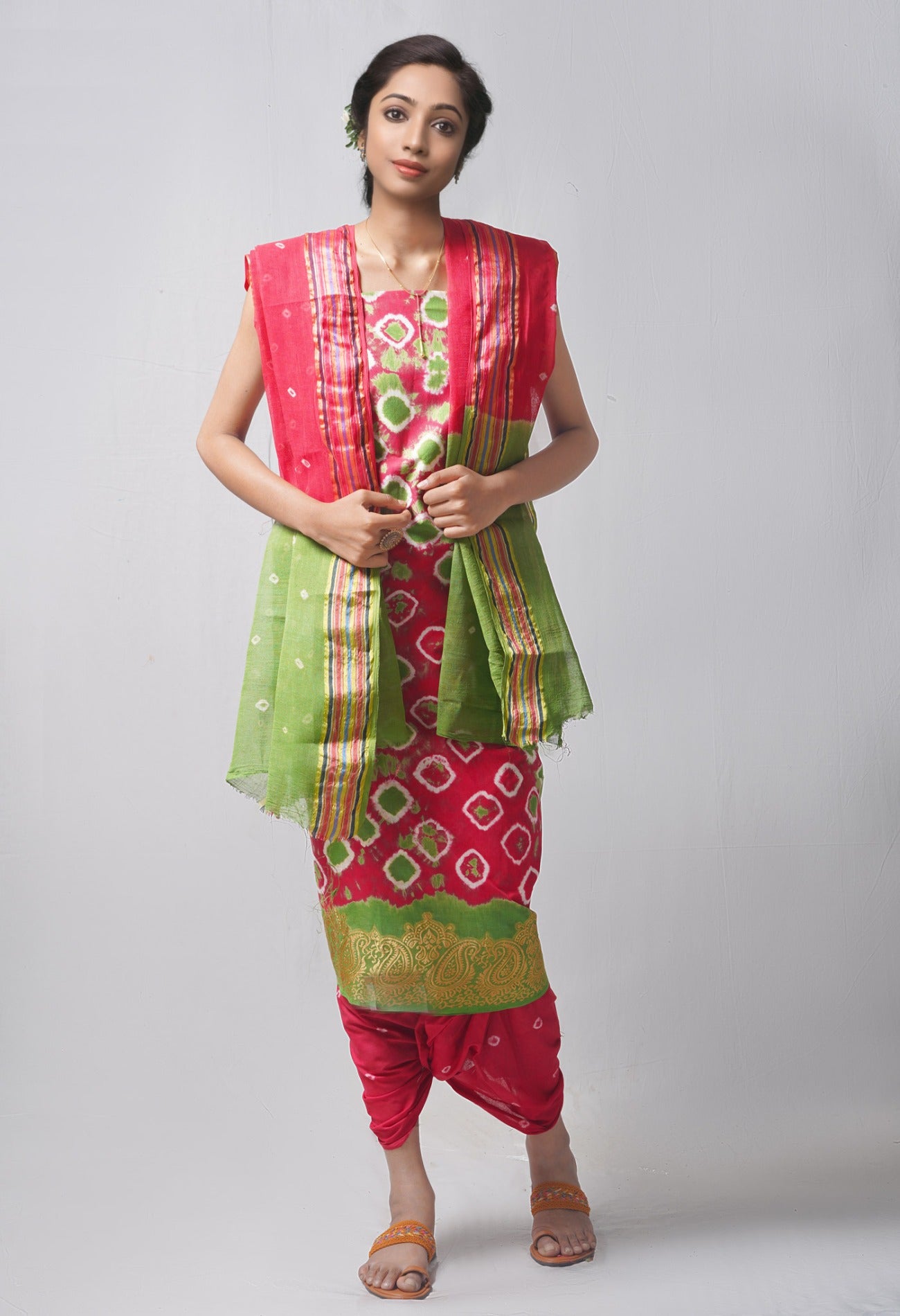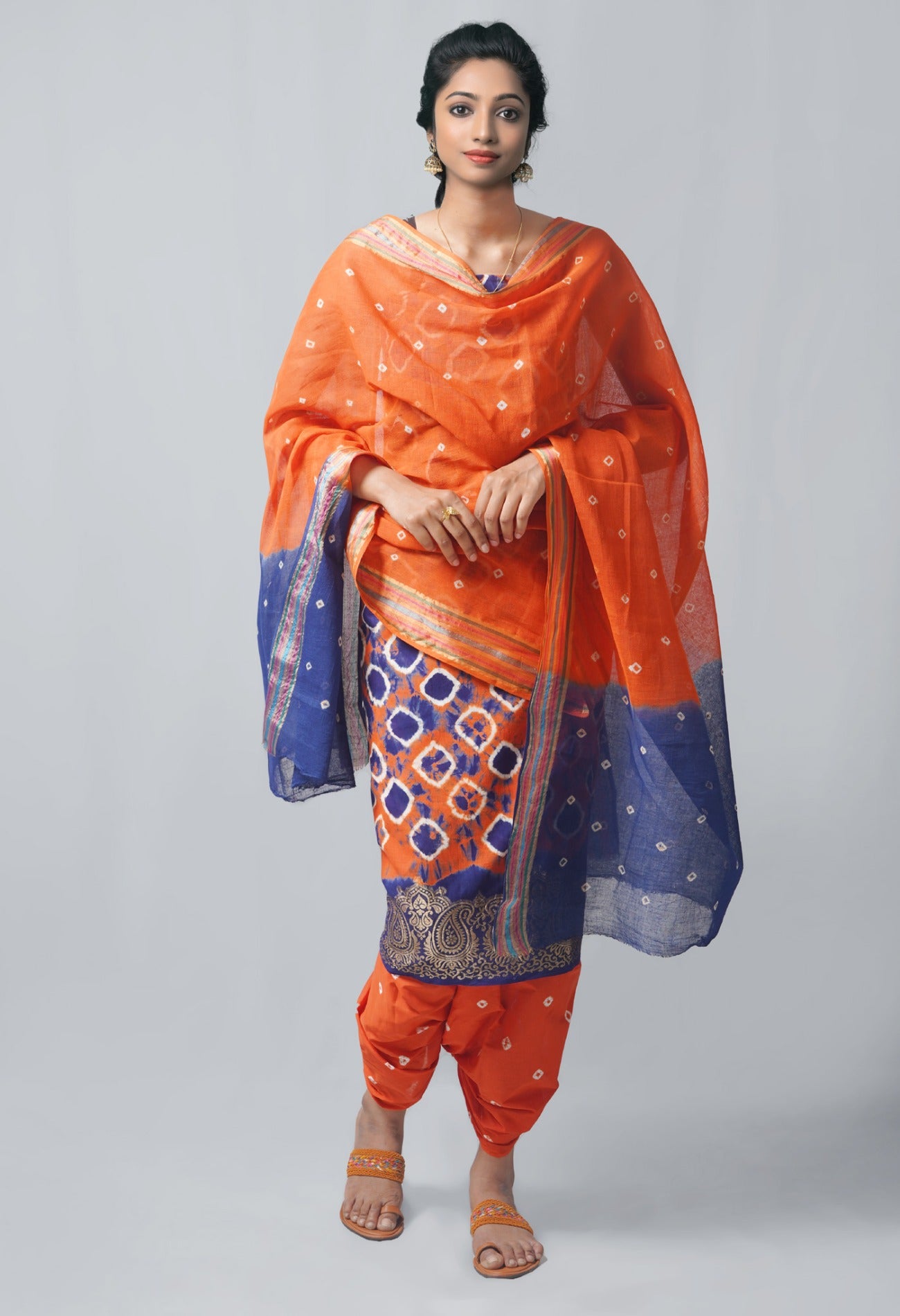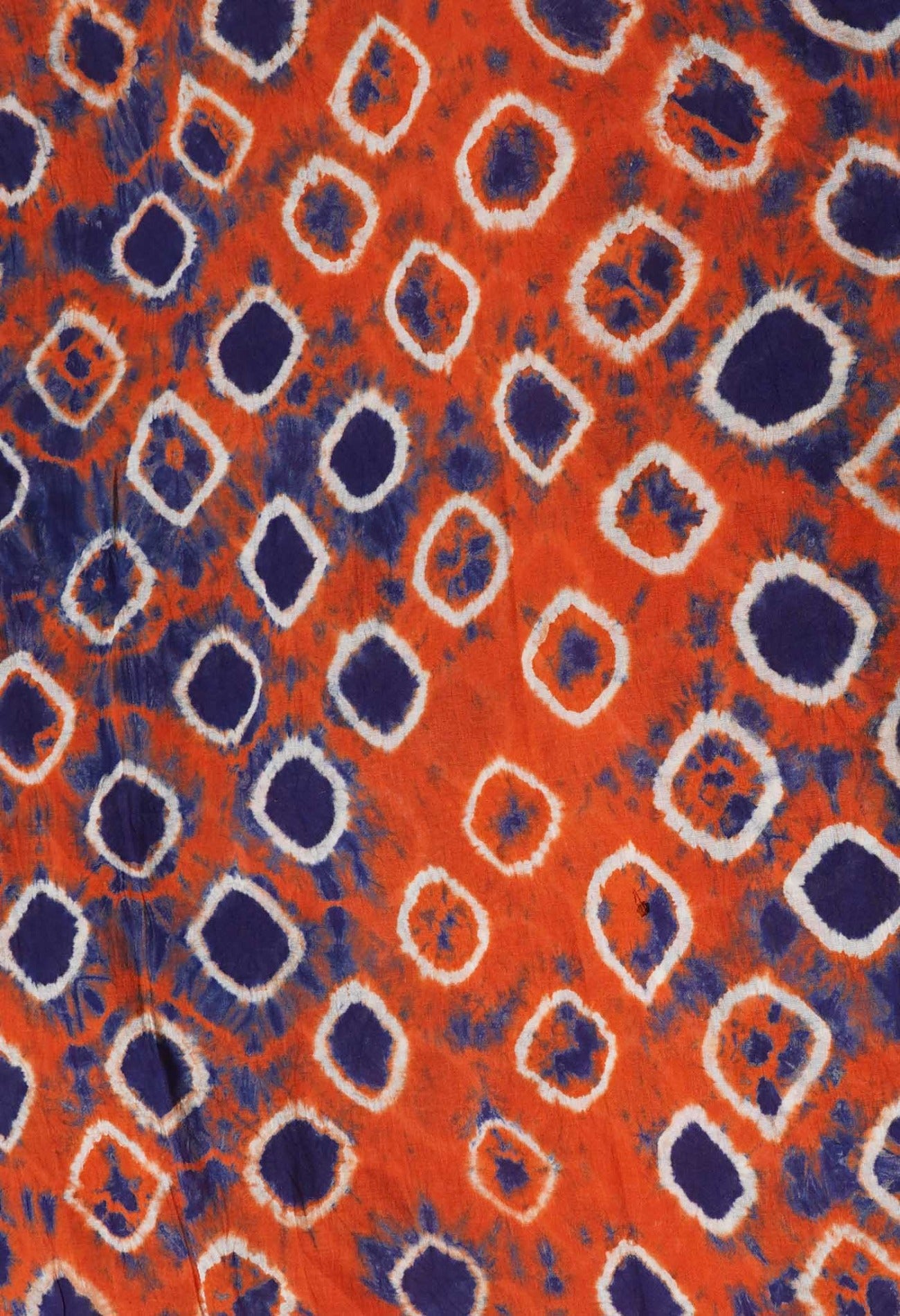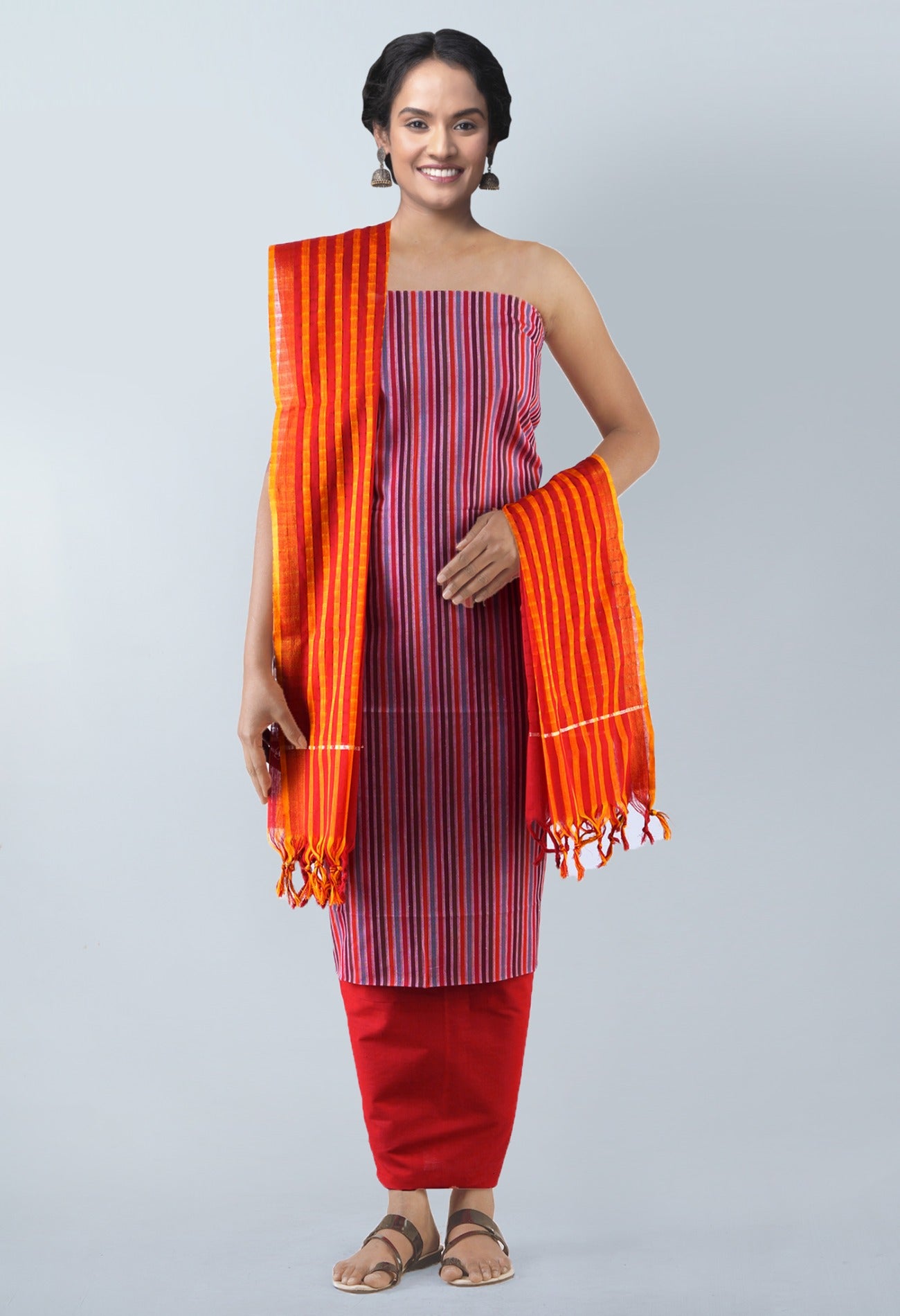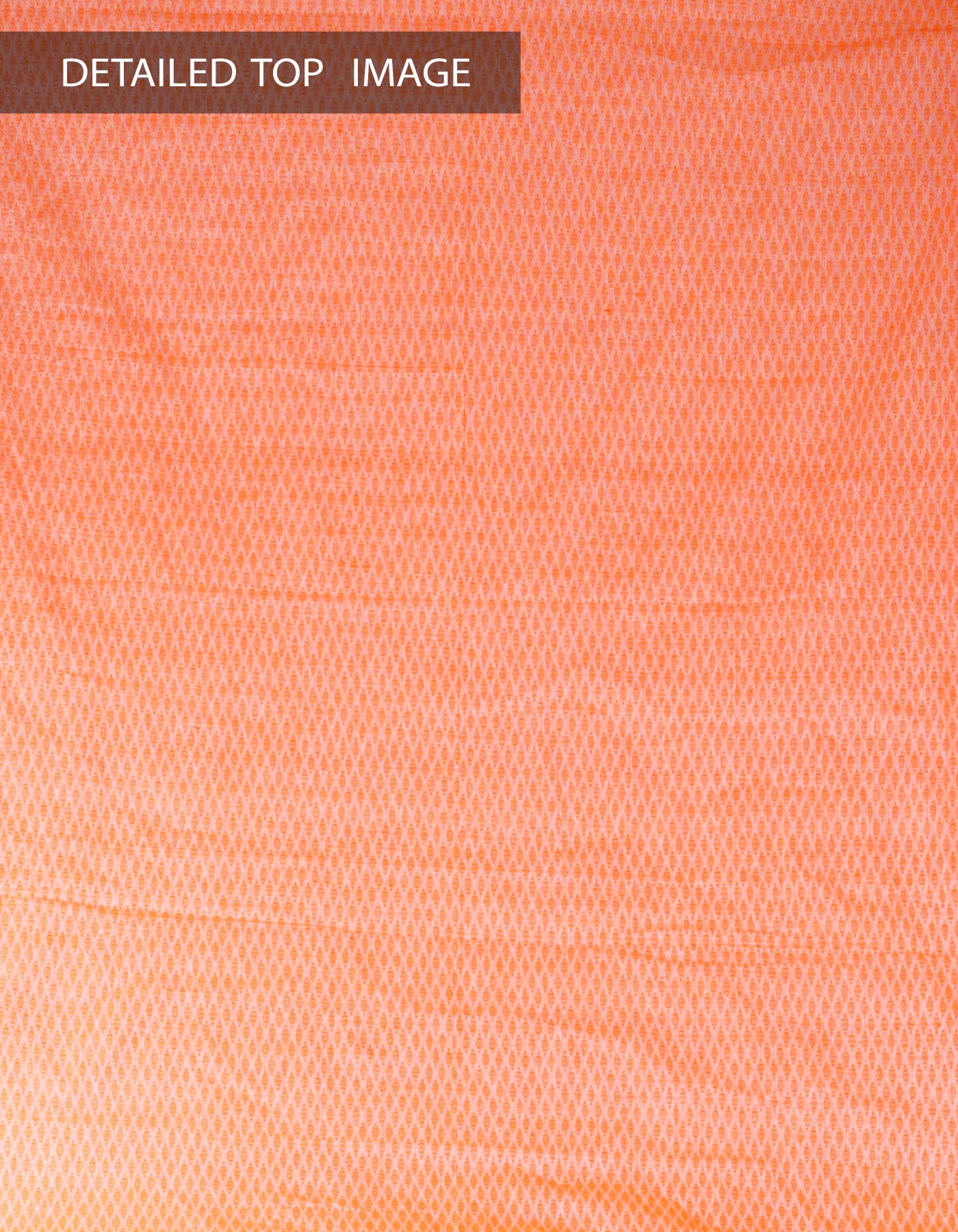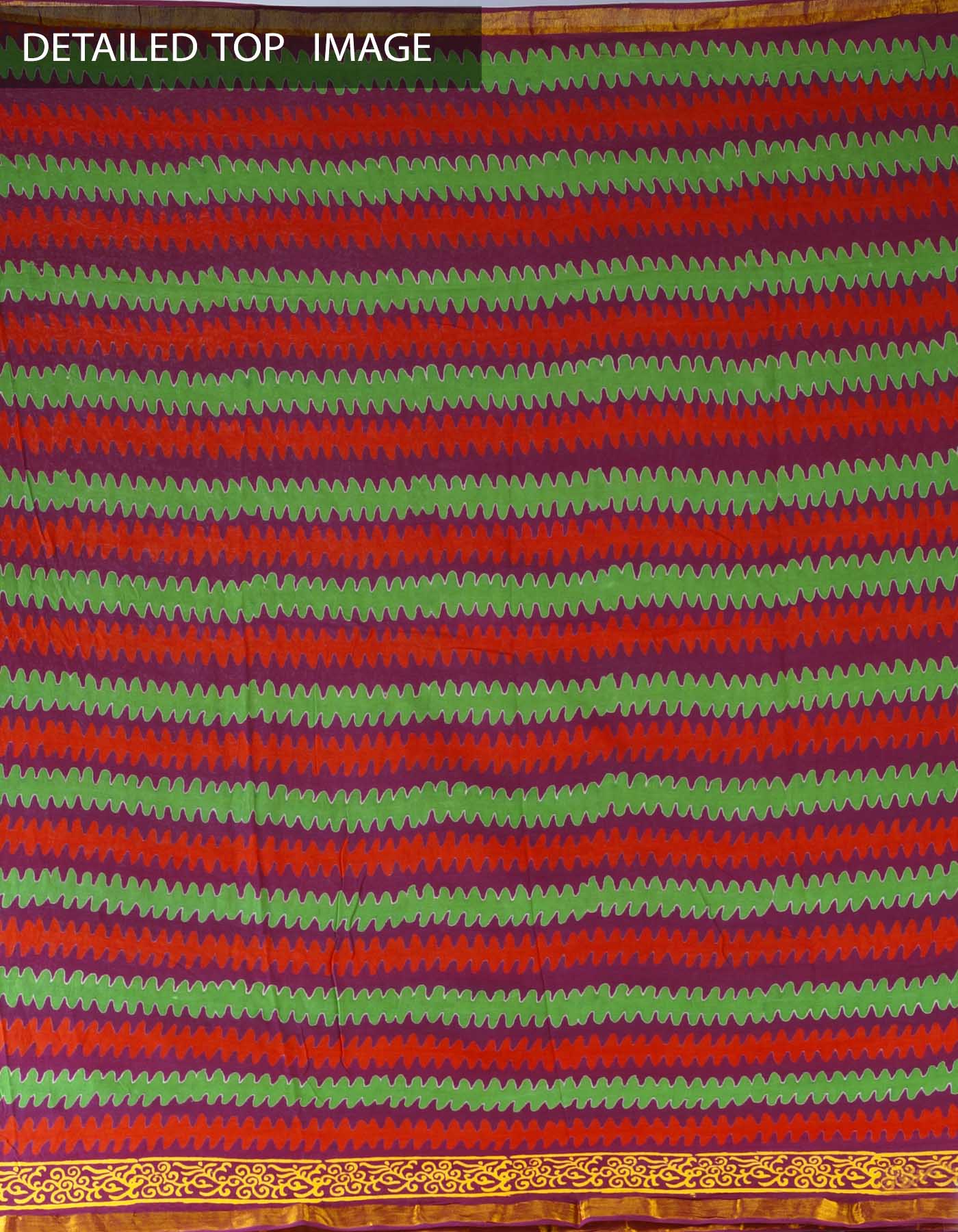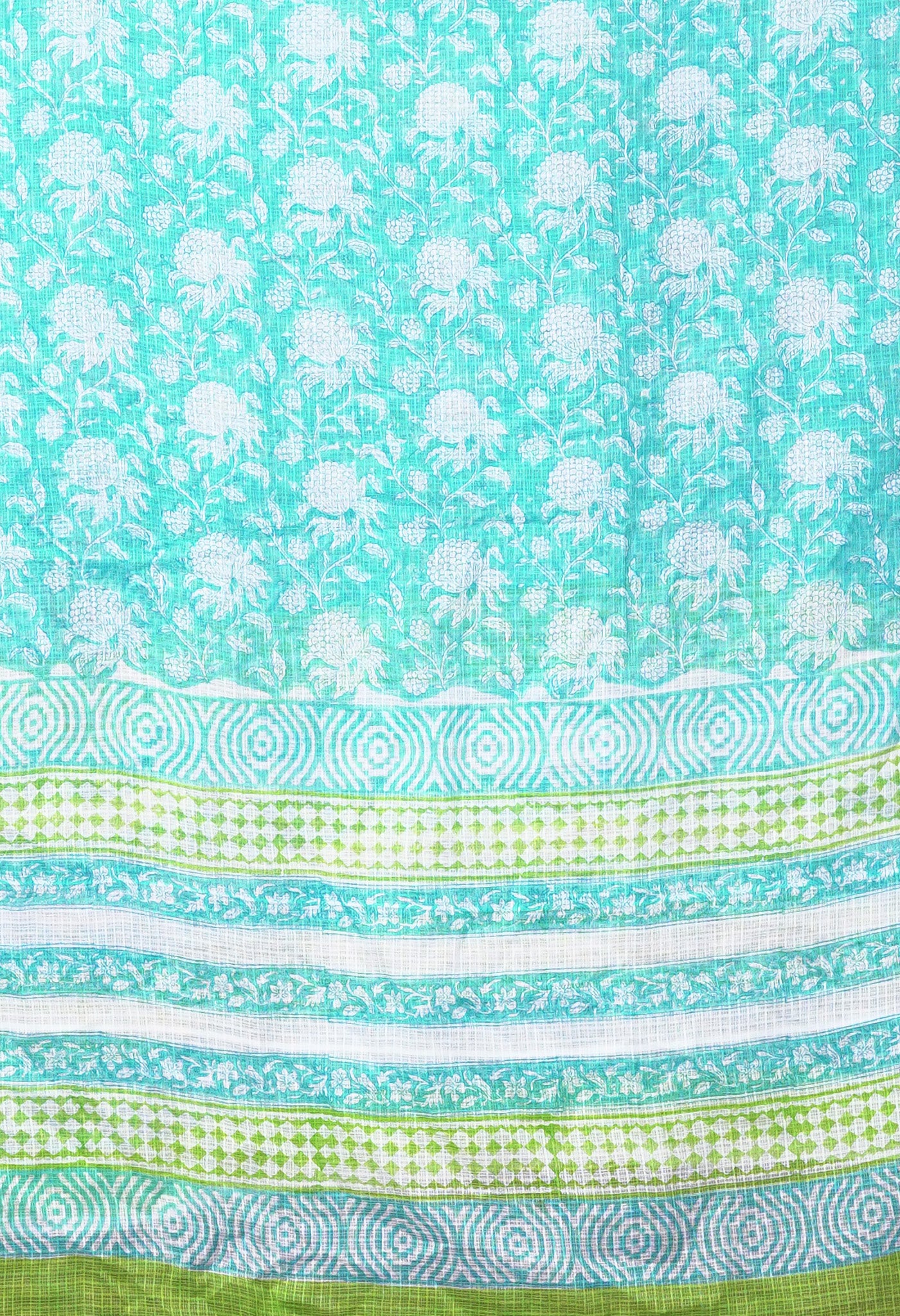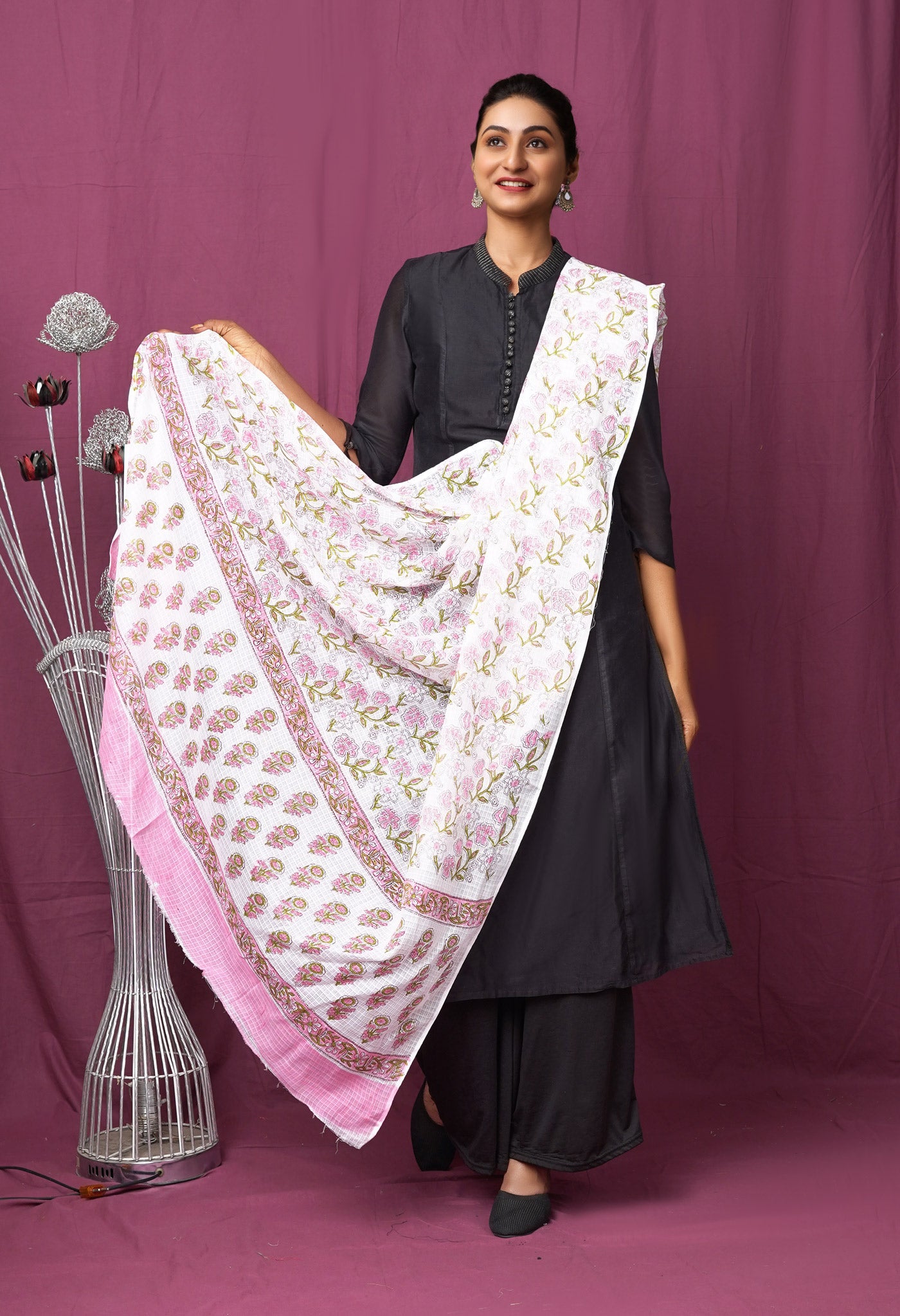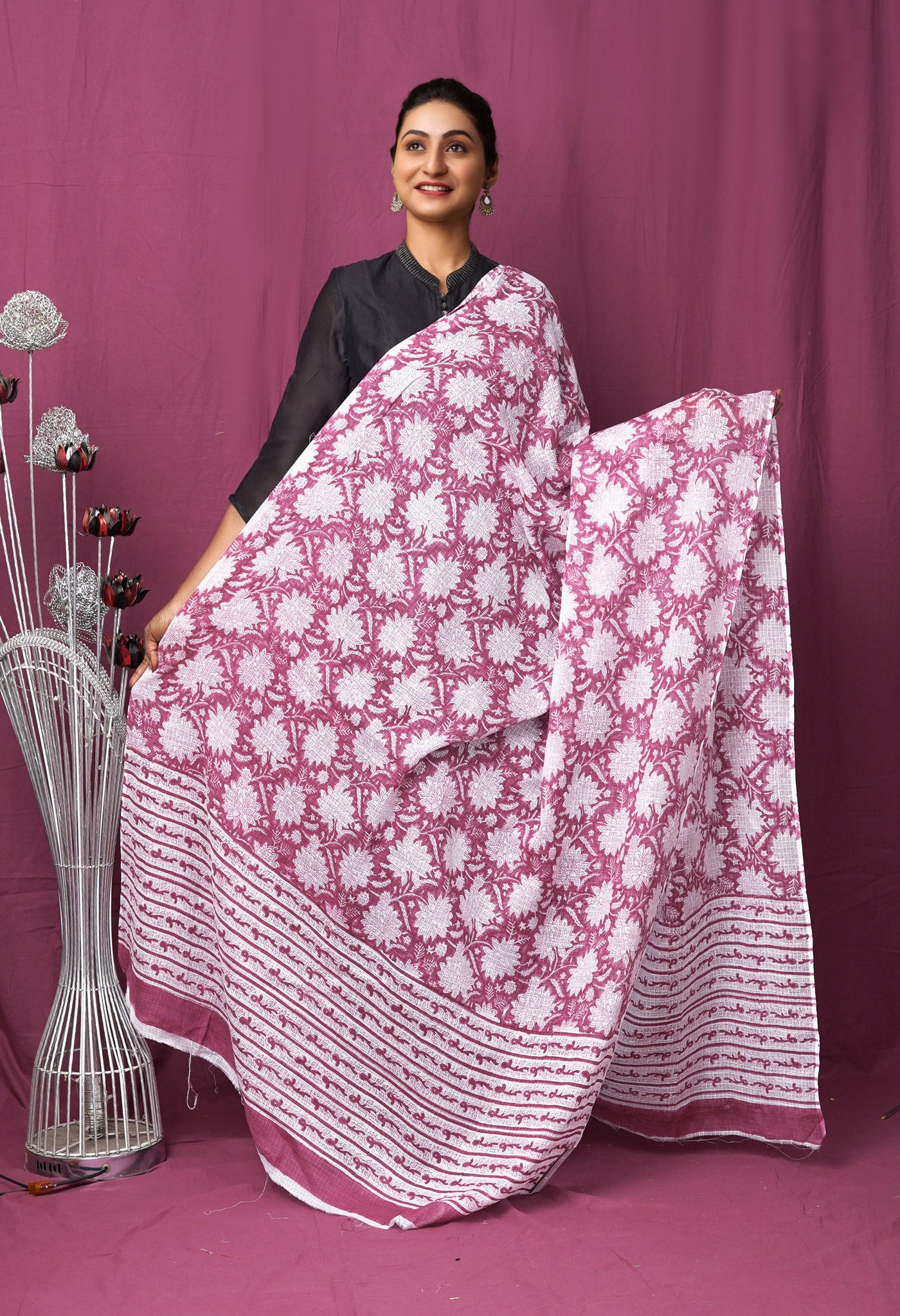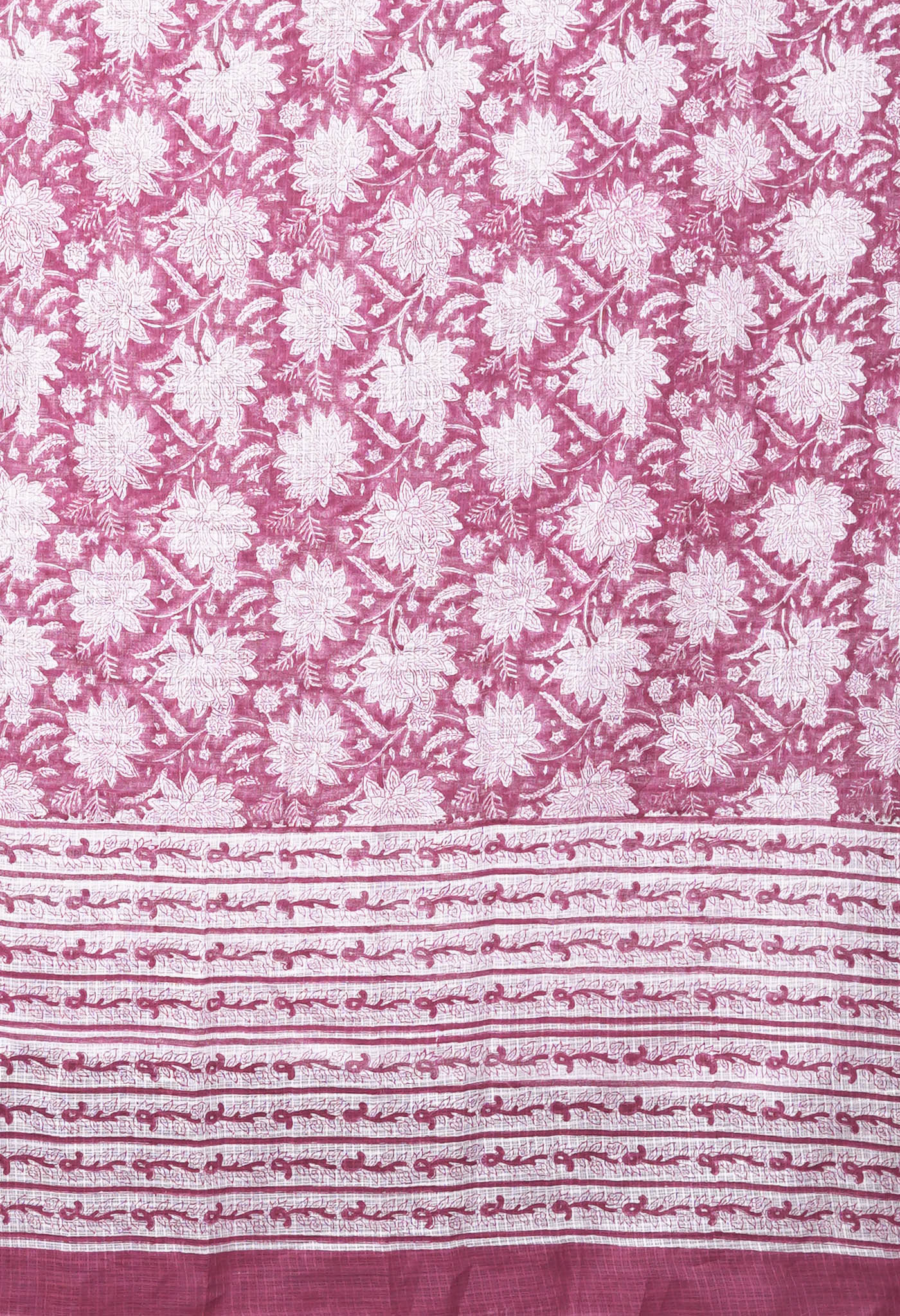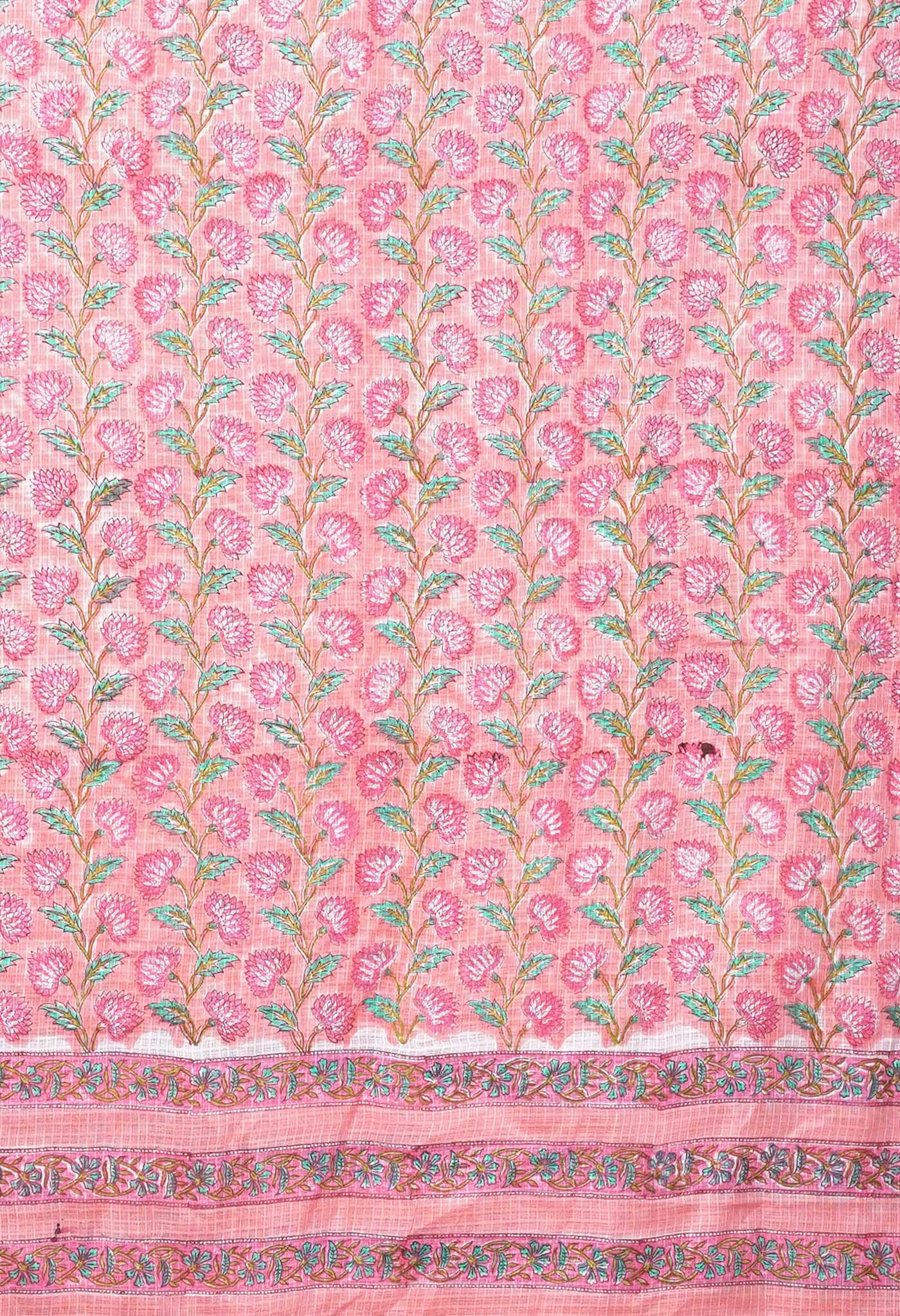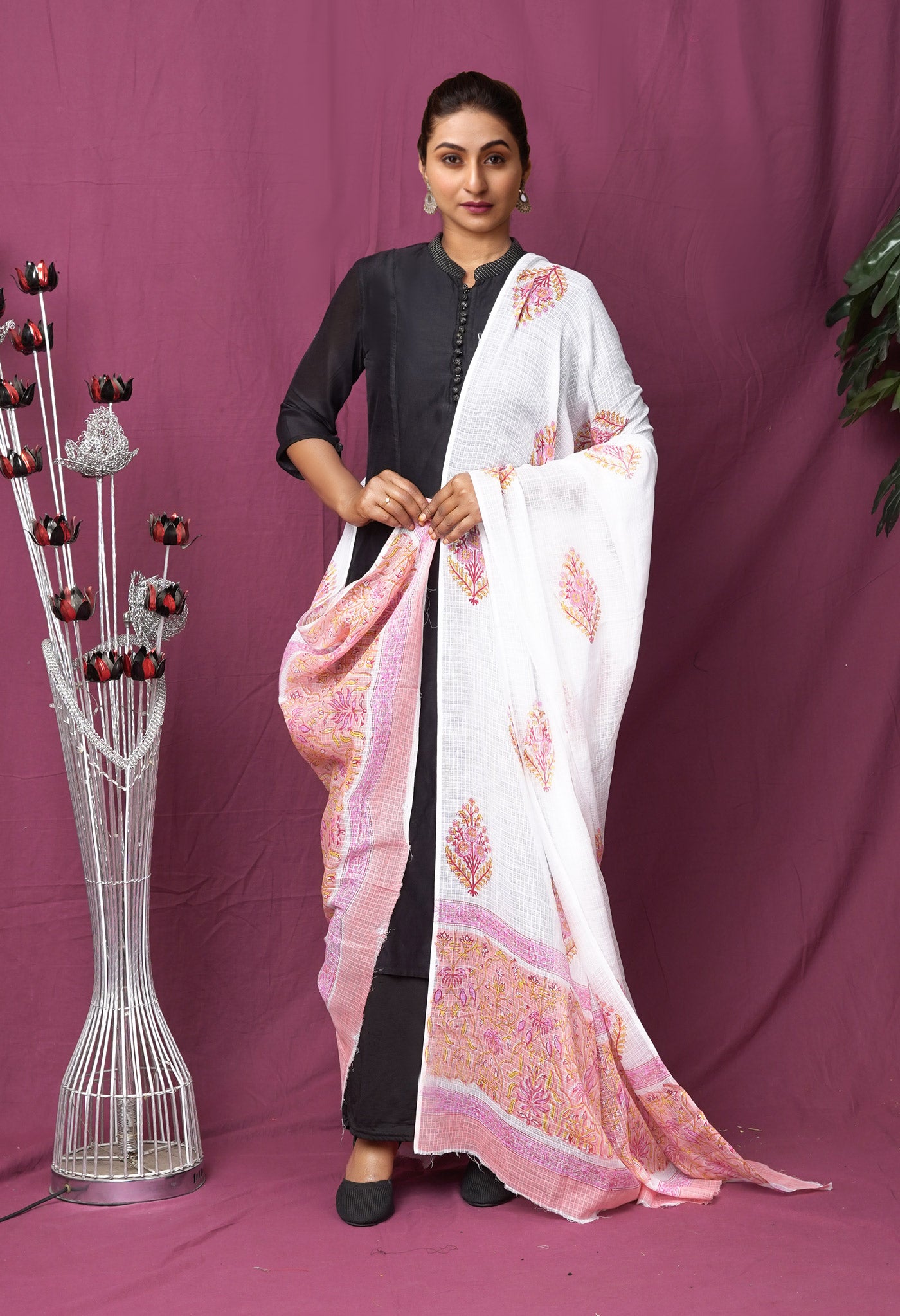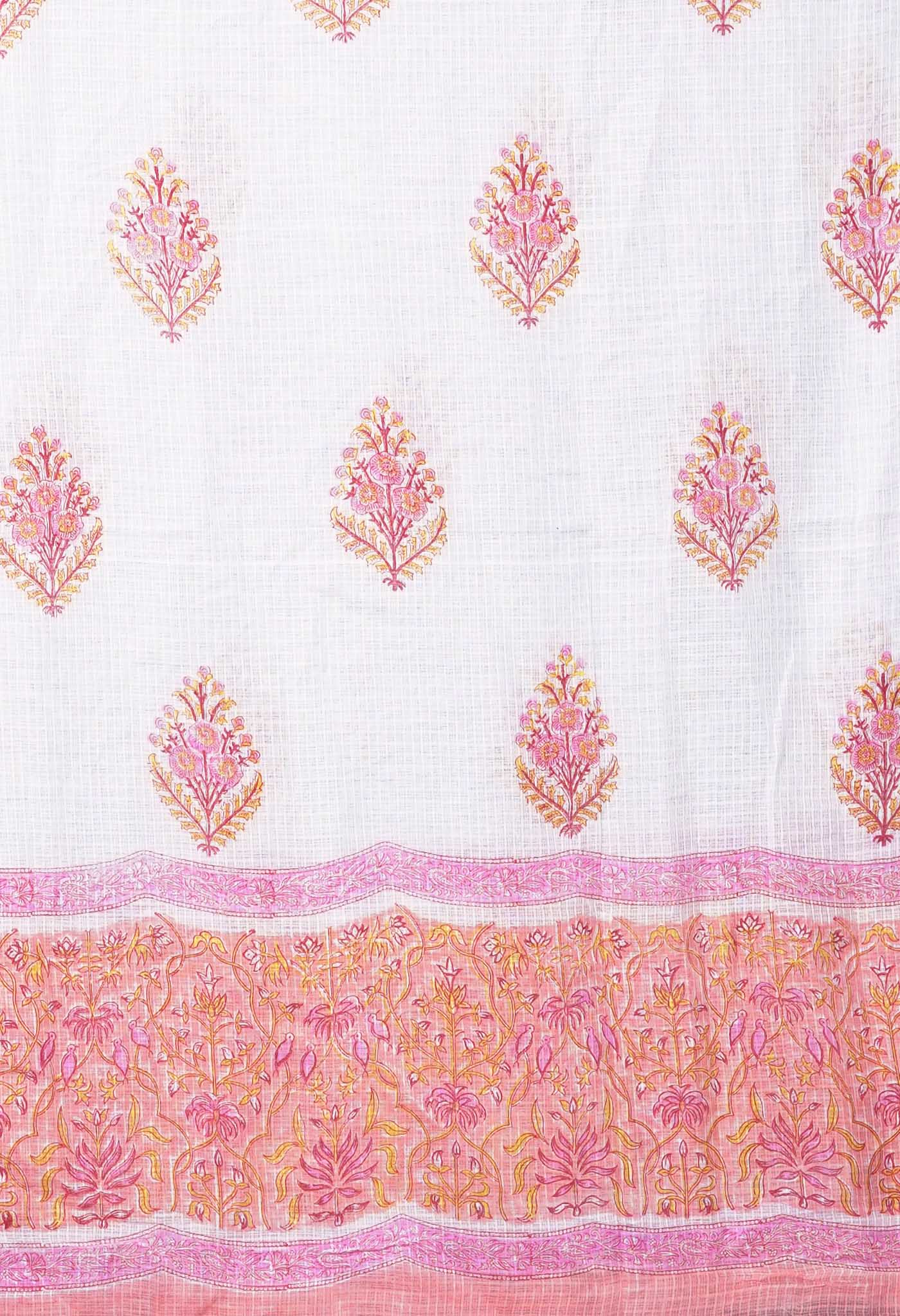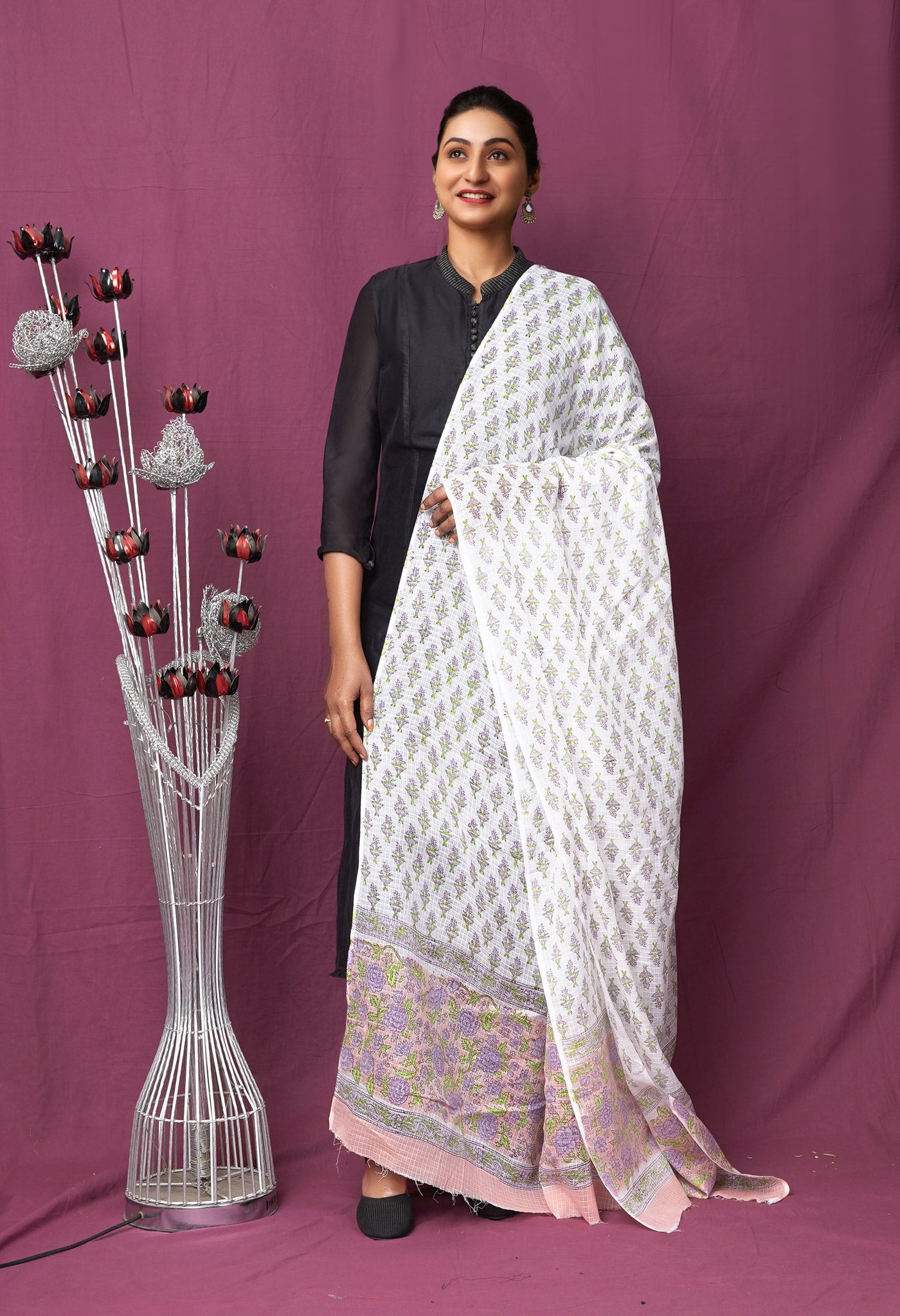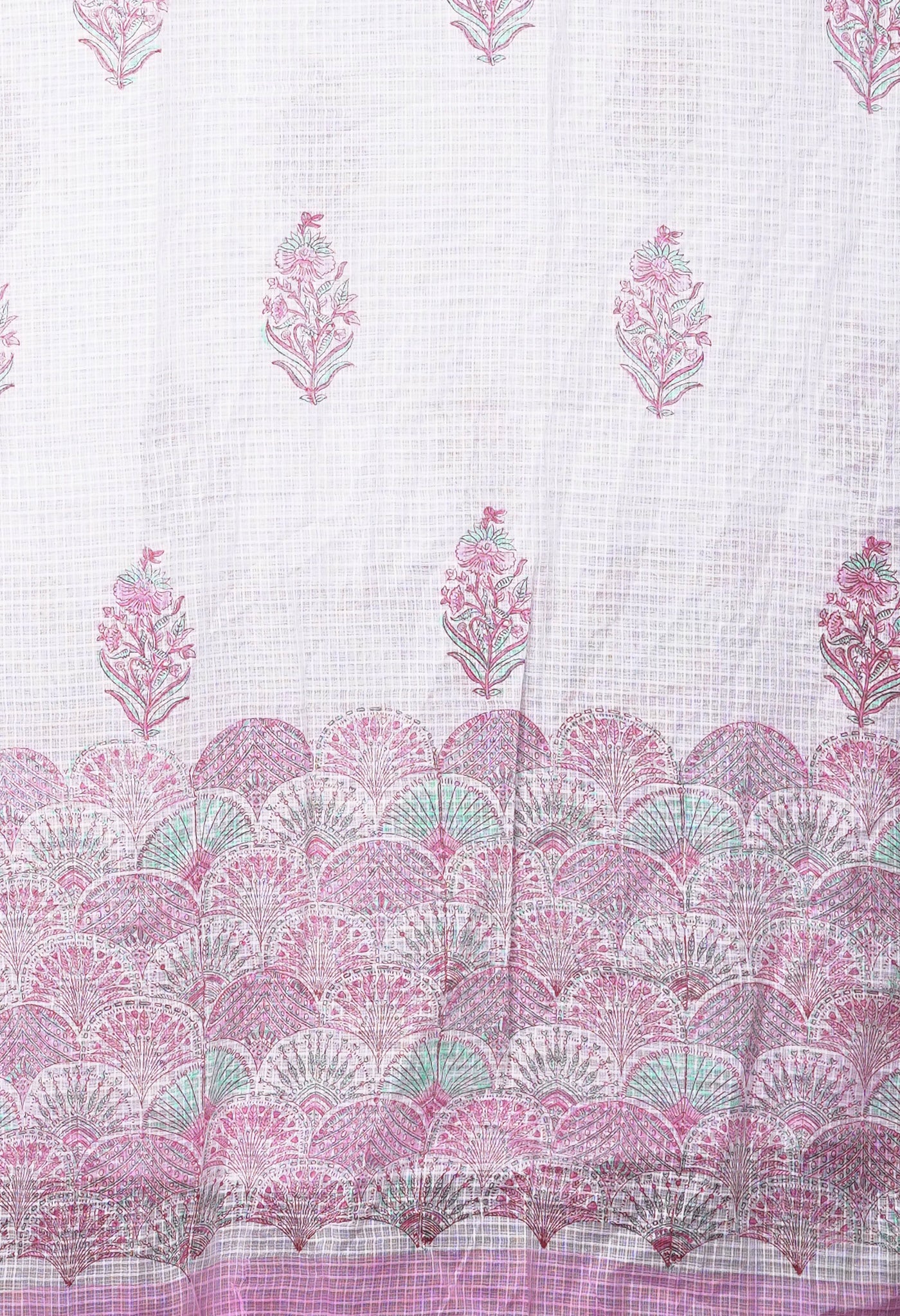
#knowyourfabric – Confused between Jacquard & Brocade? Well, we are here to tell you the difference
When one sees a figured fabric having a rich woven design, one is not sure whether it is a jacquard design fabric or brocade. In fact many a time, the terms Jacquard and Brocade have been so confusedly used interchangeably that the chances of being wrong very much exist. But both are definitely not the same by far.
Let us seek clarity in what is which.
The Jacquard is a special loom, or a machine employed in the weaving of a figured fabric. The term jacquard also means the weave or a fabric with an intricately woven pattern.
The Brocade on the other hand is a heavy fabric interwoven with a rich, raised design.
Moving further we shall notice the distinguishing differences between the two.
The Jacquard weave
- Jacquard is a fabric with an intricately variegated or raised pattern, that is distinct from other patterned materials because the pattern is woven into it rather than printed onto it.
- The motif or image on a jacquard often appears in a different color or texture than the rest of the material, but it could also be the same color. Jacquard designs can be from the very complex to as simple as a repeating geometric pattern. In fact it would not be wrong in saying that literally anything that can be imagined could be reproduced through the jacquard.
- Multiple color threads can be used to create a jacquard weave, resulting in complex gradations and patterns—landscapes, portraits, and other unique motifs are possible in a jacquard.

- And while it takes longer to create a jacquard weave, the result is a stretchy and more stable fabric than basic weaving yields. The drape and durability of the finished jacquard ultimately depends upon the type of fibers used in the weave.
- A jacquard weave is woven on a loom fitted with a head programmed to raise each warp thread (the thread held stationary while the weft is drawn through it) independently of the other threads.
- In today’s times the name jacquard usually applies to all weaves that can be achieved with the machine. Sometimes it is loosely used to describe one specific type of fabric woven using a Jacquard loom: a light, soft, draping damask weave of silk, rayon or synthetic fibres.

The manner in which the Jacquard evolved
- In former times, if figured designs were required, this was done on a draw loom. The heddles with warp ends to be pulled up were manually selected by a second operator (draw boy), apart from the weaver. It was slow and labour-intensive, with practical limitations on the complexity of the pattern.
- The first important improvement of the draw loom took place in 1725, when Basile Bouchon introduced the principle of applying a perforated band of paper. A continuous roll of paper was punched by hand, in sections, each of which represented one lash or tread, and the length of the roll was determined by the number of shots in each repeat of pattern.
- The Jacquard machine subsequently evolved from this.
- Joseph Marie Jacquard recognized that although weaving was intricate, it was repetitive, and saw that a mechanism could be developed for the production of sophisticated patterns just as it had been done for the production of simple patterns.

- One of the chief advantages claimed for the Jacquard machine was that unlike previous damask-weaving machines, in which the figuring shed was usually drawn once for every four shots, with the new apparatus, it could be drawn on every shot, thus producing a fabric with greater definition of outline.
- The initial jacquards were small and only independently controlled a relatively few warp ends. This required a number of repeats across the loom width.
- Hence larger capacity machines had to be created, or the use of multiple machines, allowed greater control, with fewer repeats, and hence larger designs could be woven across the loom width.

The Jacquard machine is a device fitted to a power loom that simplifies the process of manufacturing textiles with such complex patterns as brocade, damask and matelassé.
It was in 1801 that Joseph Marie Jacquard demonstrated his new invention – a loom that ran on cards with holes punched in them.
Each card represented one line of a pattern, with the holes allowing threads to pass through into the pattern, changing the colours and creating a design.
First of its kind, it was first used in 1804. The loom was controlled by a "chain of cards"; a number of punched cards laced together into a continuous sequence. Multiple rows of holes were punched on each card, with one complete card corresponding to one row of the design.
The jacquard loom gives the weaver a finely tuned control to interlace up to several hundred warp threads, thereby inspiring countless possible designs.

Improving upon it
The jacquard loom was further revolutionised in 1843, with the invention of the dobby loom, which makes simpler patterned fabrics by a method of up to 40 frames which lift according to a program.
The dobby loom was even cheaper to run than the Jacquard, and supplanted it for all simpler patterned weaves. Dobby loom patterns, however, are limited to designs that stretch over 40 threads, whereas designs made on a Jacquard loom are virtually limitless.
The Jacquard loom revolutionized the production of elaborately patterned fabrics. Skilled craftsmen who could read pattern diagrams and manipulate the pattern as it was being woven were no longer needed to weave brocades and other designs, and the Jacquard loom did not require the assistance of an additional draw boy to help create the jacquard design.

The new looms could be operated by an unskilled labourer, making richly patterned fabrics faster and cheaper to produce.
The punch cards with holes which create a pattern were akin to the early computer, in fact its inspiration. Jacquard looms were so much easier and cheaper to operate that the old style of looms quickly became obsolete, and within a few decades of Jacquard’s invention almost all elaborate fabrics woven in the West, including brocades, damasks, and richly patterned faux-Kashmiri or ‘Paisley’ shawls, were woven on Jacquard looms.
Today jacquard weaves are achieved not with a Jacquard loom, but rather a Jacquard head which is fitted on to a dobby loom.
Jacquard weaving of course uses all sorts of fibers and blends of fibers, and it is used in the production of fabrics for many end uses.

The extensive use of the Jacquard machine
- Today besides the patterning on fabrics, Jacquard looms can also be used to create elaborately patterned knits, like hose, socks and stocking with elaborate patterns woven in, sweaters and a whole lot of other patterned fabrics
In passing
- Almost all modern brocades are woven with a jacquard device, so one could say that all modern brocades are jacquards, but not all jacquards are brocades, because jacquard looms are used to create other weaves, such as brocatelle, damask and tapestry.
- Because a jacquard head can produce an almost infinite variety of weaves, there are many fabrics produced with a jacquard loom that don’t fit nicely into one weave category or another, so certain fabrics (particularly brocade & tapestry) can be quite fluid or imprecise in their definition:
Brocade
- A brocade, is merely one of several types of elaborately patterned and woven materials called jacquards.
- These days brocade frequently describes the aesthetic of a fabric, rather than a specific weave.
- While the appearance of brocade has stayed very similar throughout history, the method of creating it has changed drastically.

How it was done earlier
- Prior to 1801 brocades were woven on hand operated draw-looms by master weavers, who manually created the elaborate brocade patterns as they were woven in with the help of a draw boy, who stood on a perch above the loom.
- Brocades are fabric with an elaborate embossed or embroidered surface effect, usually with different ground and pattern weaves.
- The name comes from the Italian brocatto, meaning ’embossed cloth’. Unlike damask, brocades are not reversible.
- Continuous brocade shave the weft threads left loose and floating on the back. Some continuous brocades have the back threads cut away, though the short cut ends are still visible.
- A discontinuous brocade is one where additional yarns are only woven into the patterned areas, resulting in a smoother back.
- Brocading: Brocade or other jacquard weaves with the inclusion of gold or silver coloured threads. It is also called Imperial Brocade.
- Brocade velvet: a patterned velvet with a raised pile and a woven ground (not to be confused with a burn out velvet, where the patterning is achieved by burning out the pile with acid, rather than weaving in the pattern from the start).
- Brocatelle: Similar to brocade, but the patterned areas are more distinct and raised, and the fabric is heavier.

Damask:
Patterned fabrics with a ground of one weave (usually plain, twill or sateen) and designs in other weaves (particularly satin and twill variants), so that the patterned areas have sheen and reflect light.
Damasks are always reversible, with the pattern weaves becoming the ground weaves on the reverse (so on a fabric with a plain ground and satin pattern front, the ground would be satin and the pattern plain on the reverse).
There are tone-on-tone damasks, with different weaves within the damask creating elaborate floral or geometric patterns, and multicoloured damasks, where the background colours and the pattern colours reverse from front to back.

What can it be called?
If you are looking at a modern jacquard weave fabric and trying to determine what it is most likely to be called, ask yourself:
– Is it reversible, with the pattern a mirror of each other on each side? If so – it’s a damask. If it’s light and drapey, some people might call it a jacquard.
- Is one side beautiful, and the other side a mess of floating threads? It’s a continuous brocade, unless it’s very heavy, and the pattern is very raised, and then it is a brocatelle.
- Is one side beautiful, and the other a mess of short, cut threads? Its a discontinuous brocade, unless it’s very heavy, and the pattern is very raised, and then it is a brocatelle.
- Is one side beautiful, and the other a pattern of coloured stripes? It’s a type of brocade.
- Is it a brocade with gold and/or silver coloured threads? It’s an imperial brocade/brocade with brocading.
- Is it quite textured, with puffy, blistered areas on the front and a loose, gauzy support weave on the back? It’s a matelasse/marcelle/piqué
- Is it really elaborately patterned, quite heavy, and doesn’t fit any of the other descriptions? It’s a tapestry weave.
 Now that you know the difference, why not enlighten others wanting to know?
Now that you know the difference, why not enlighten others wanting to know?

